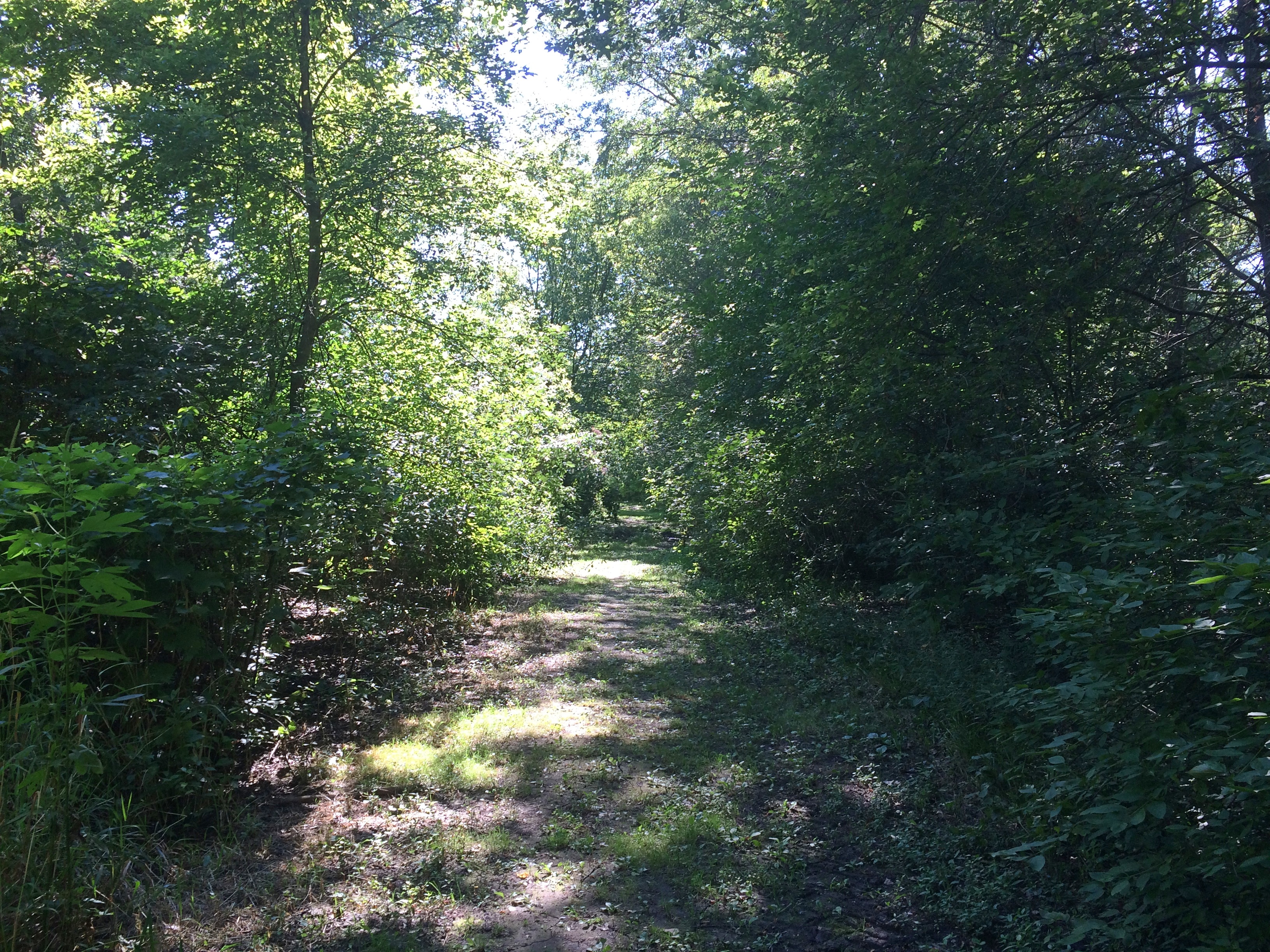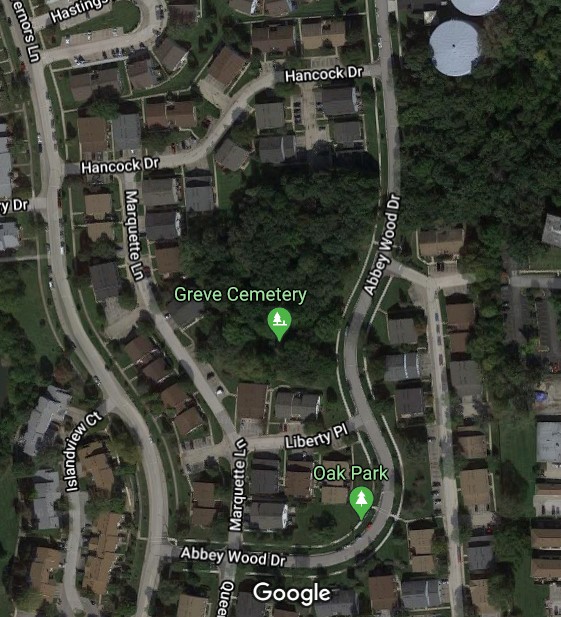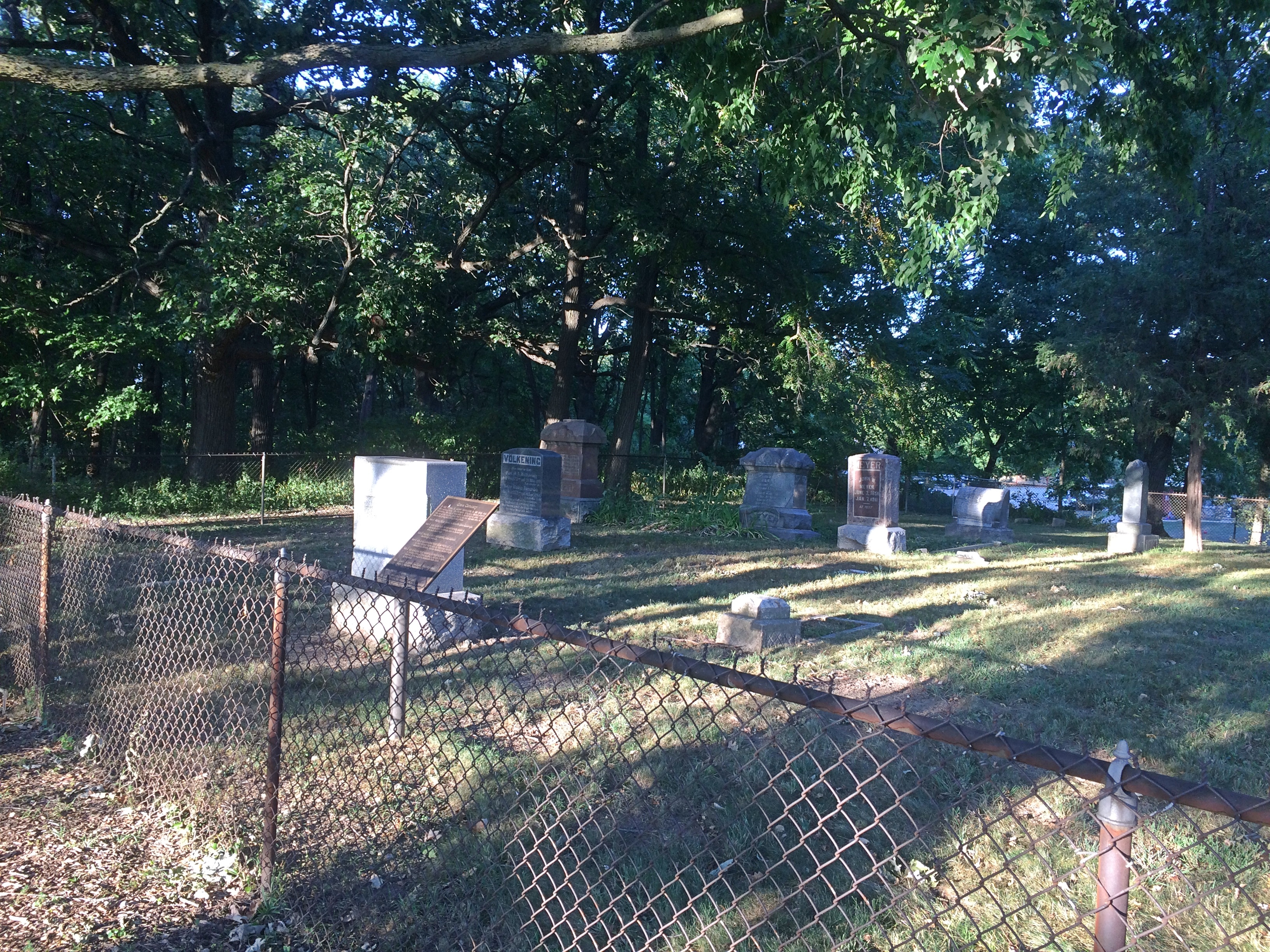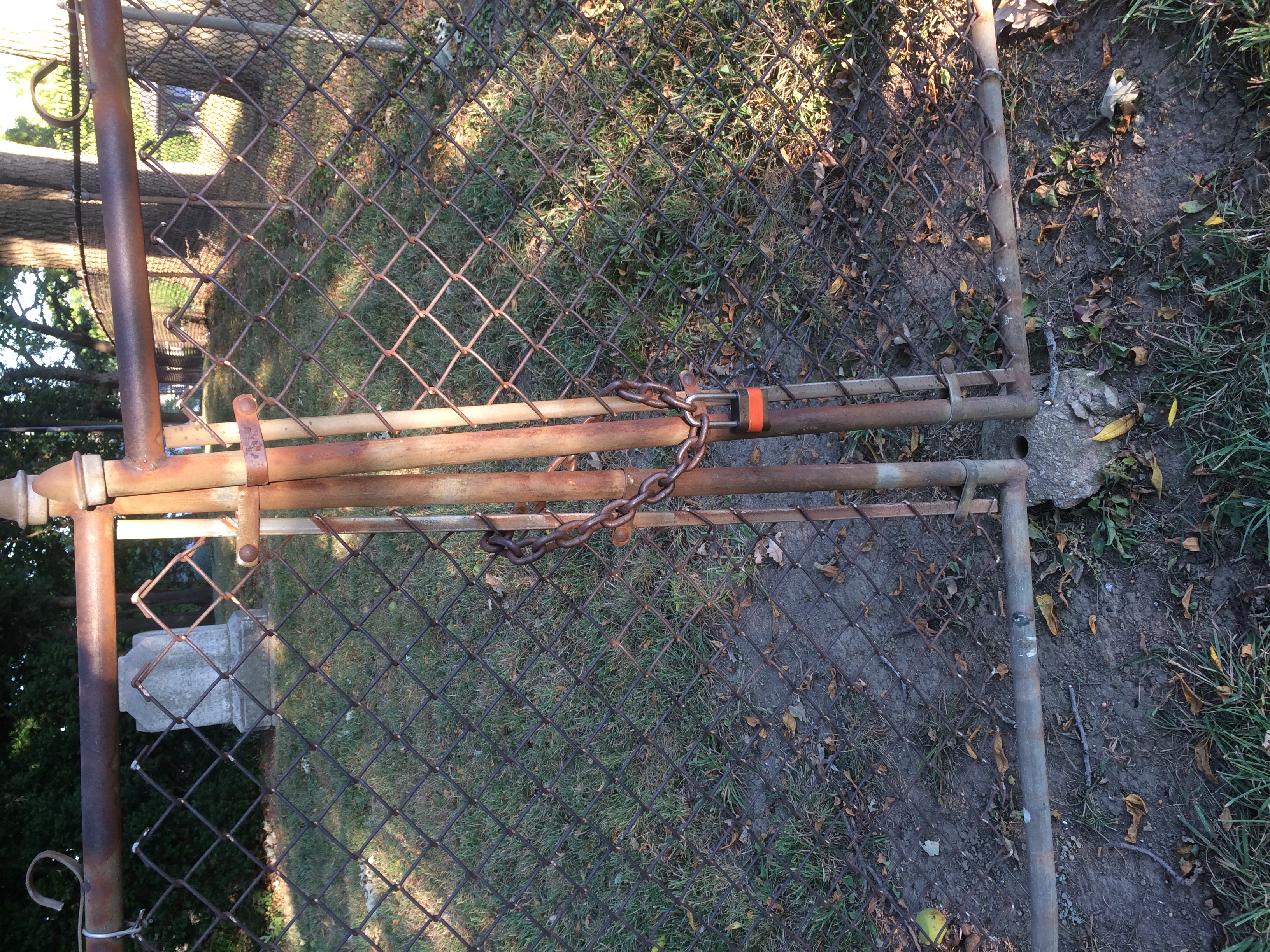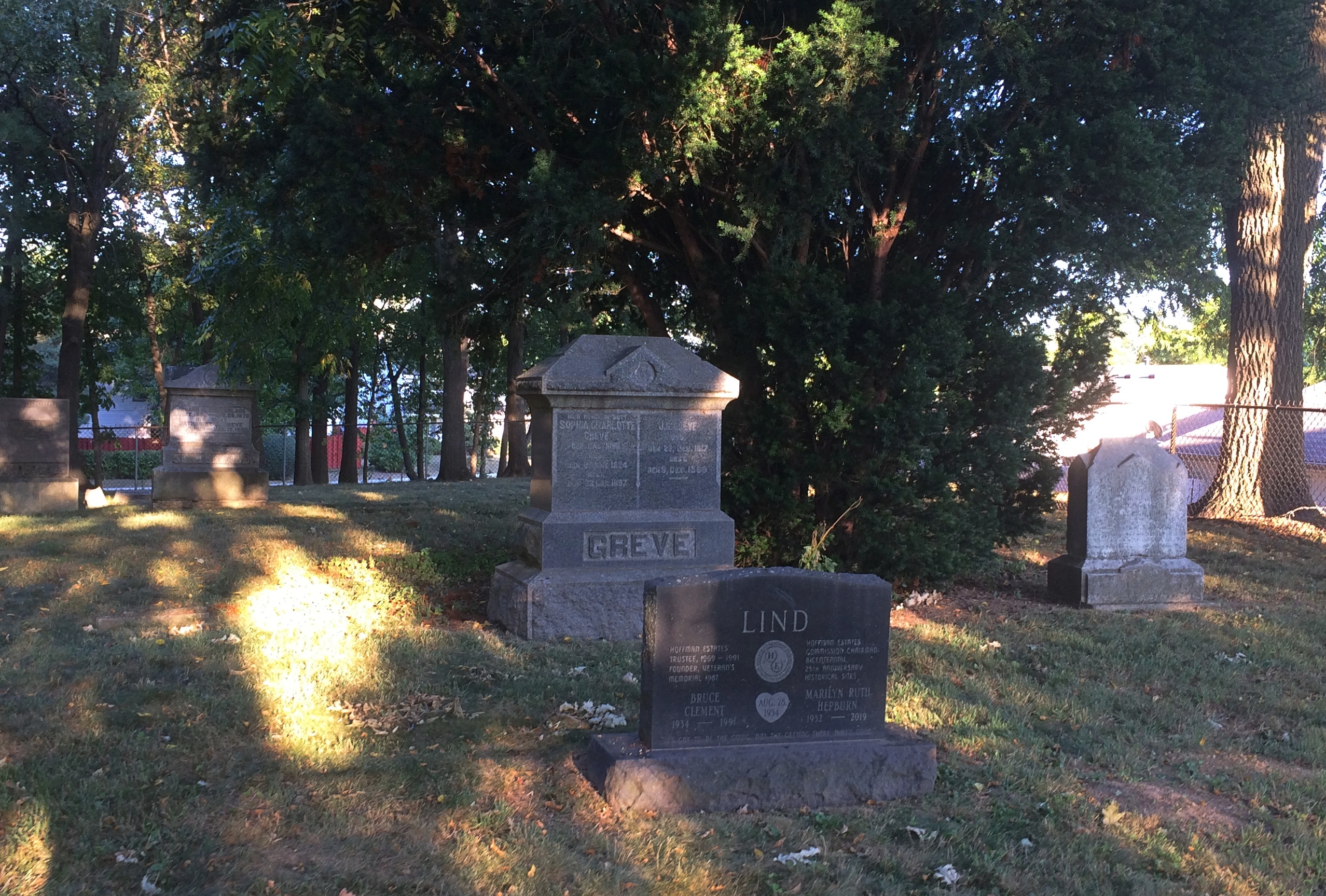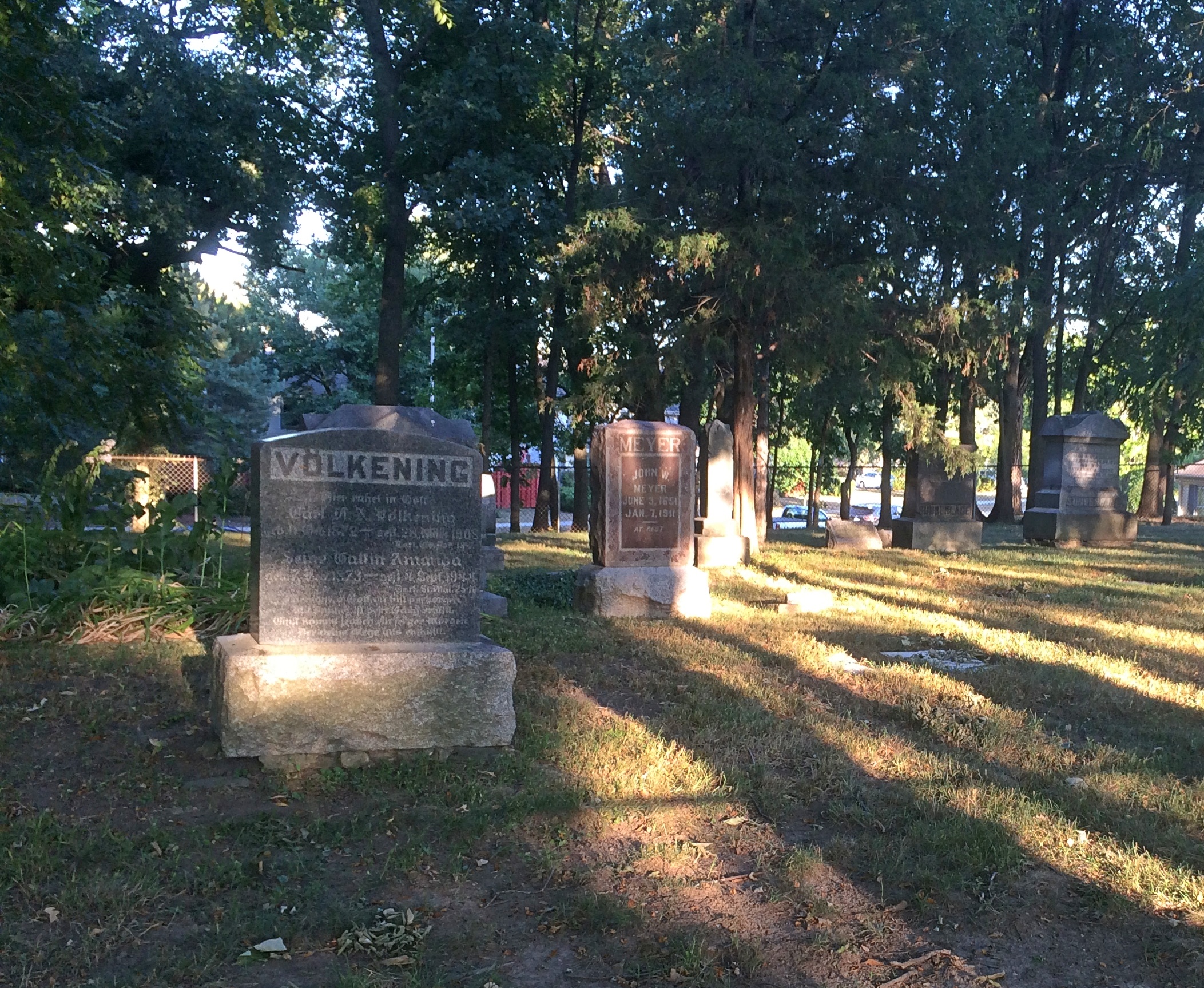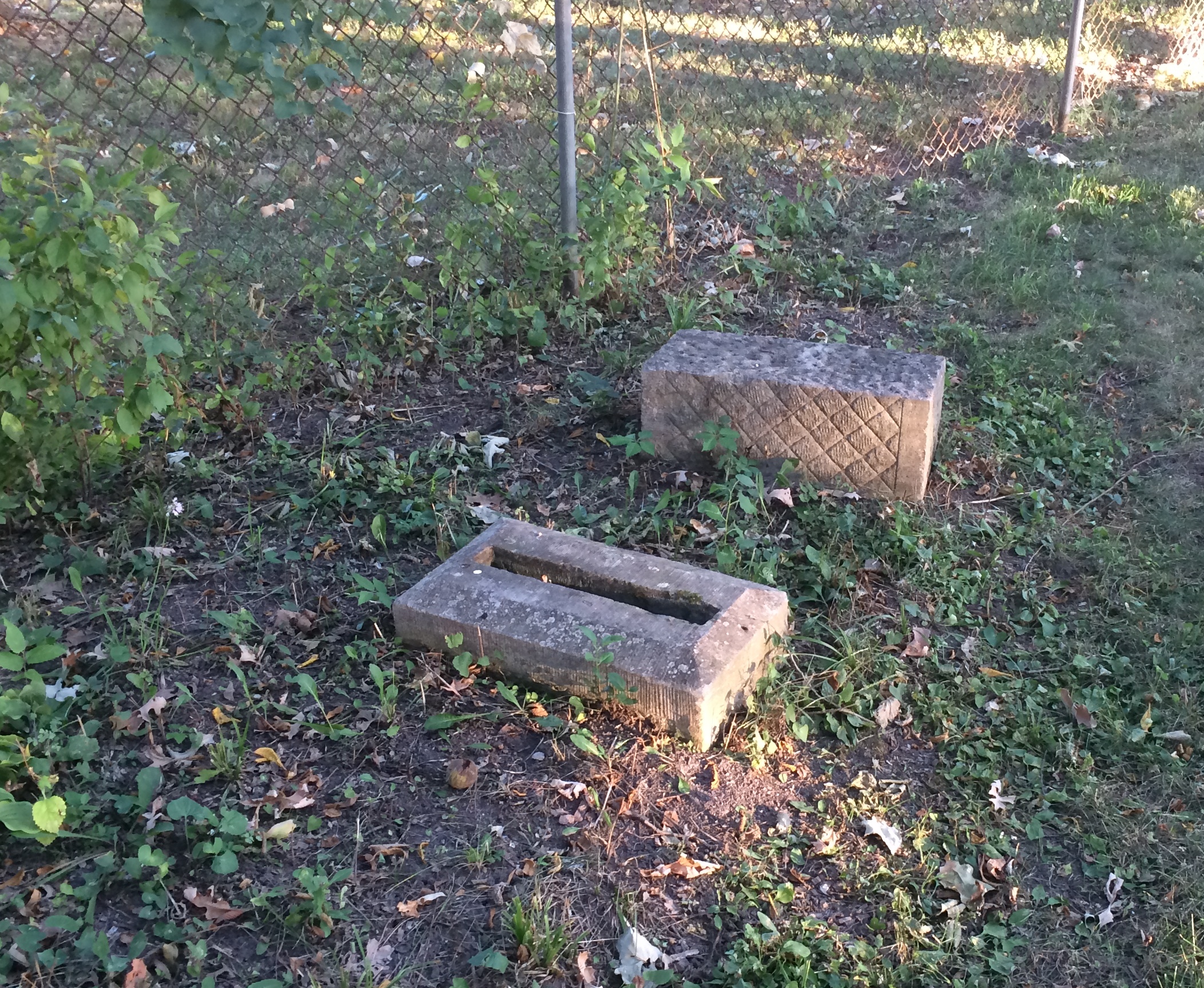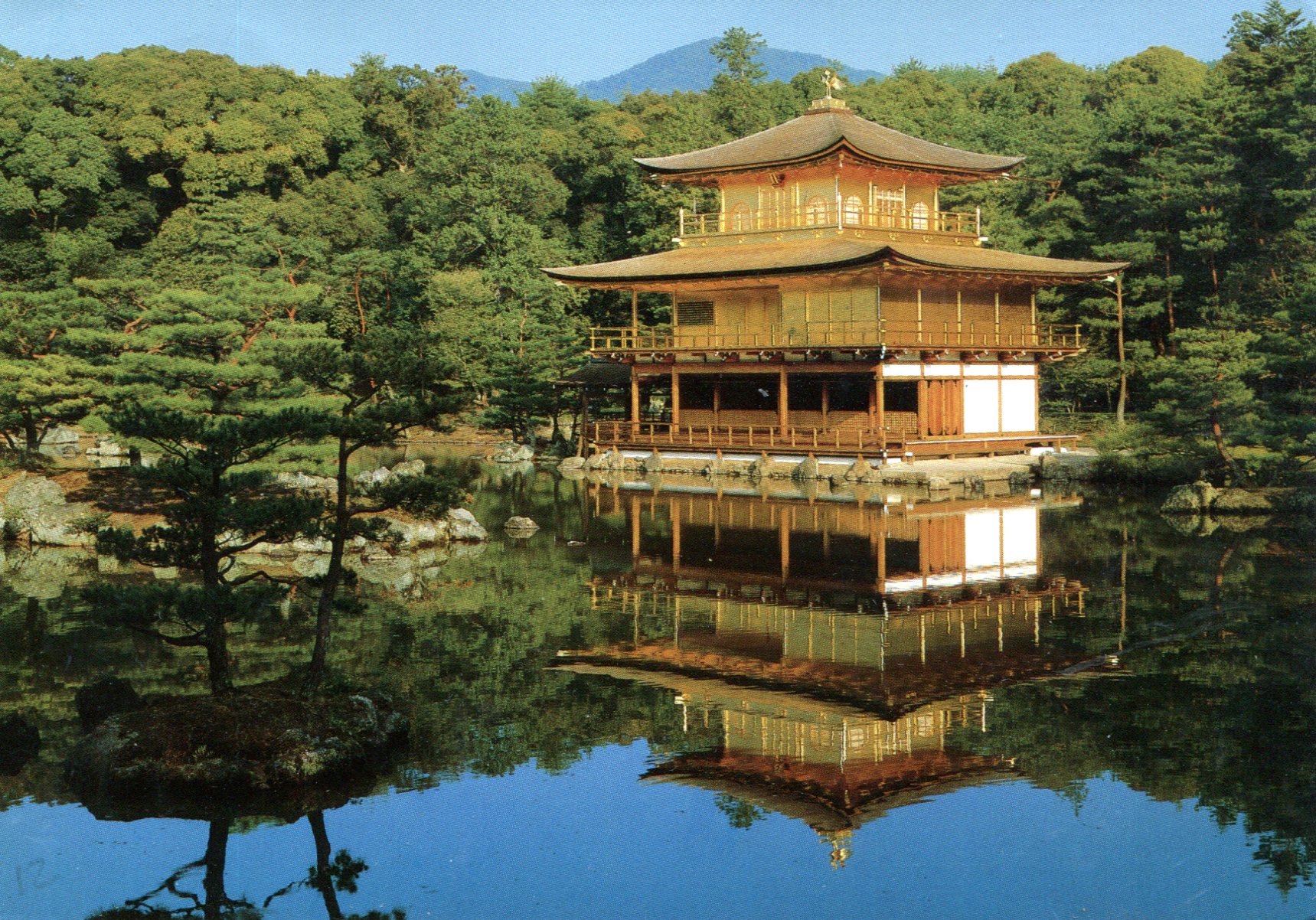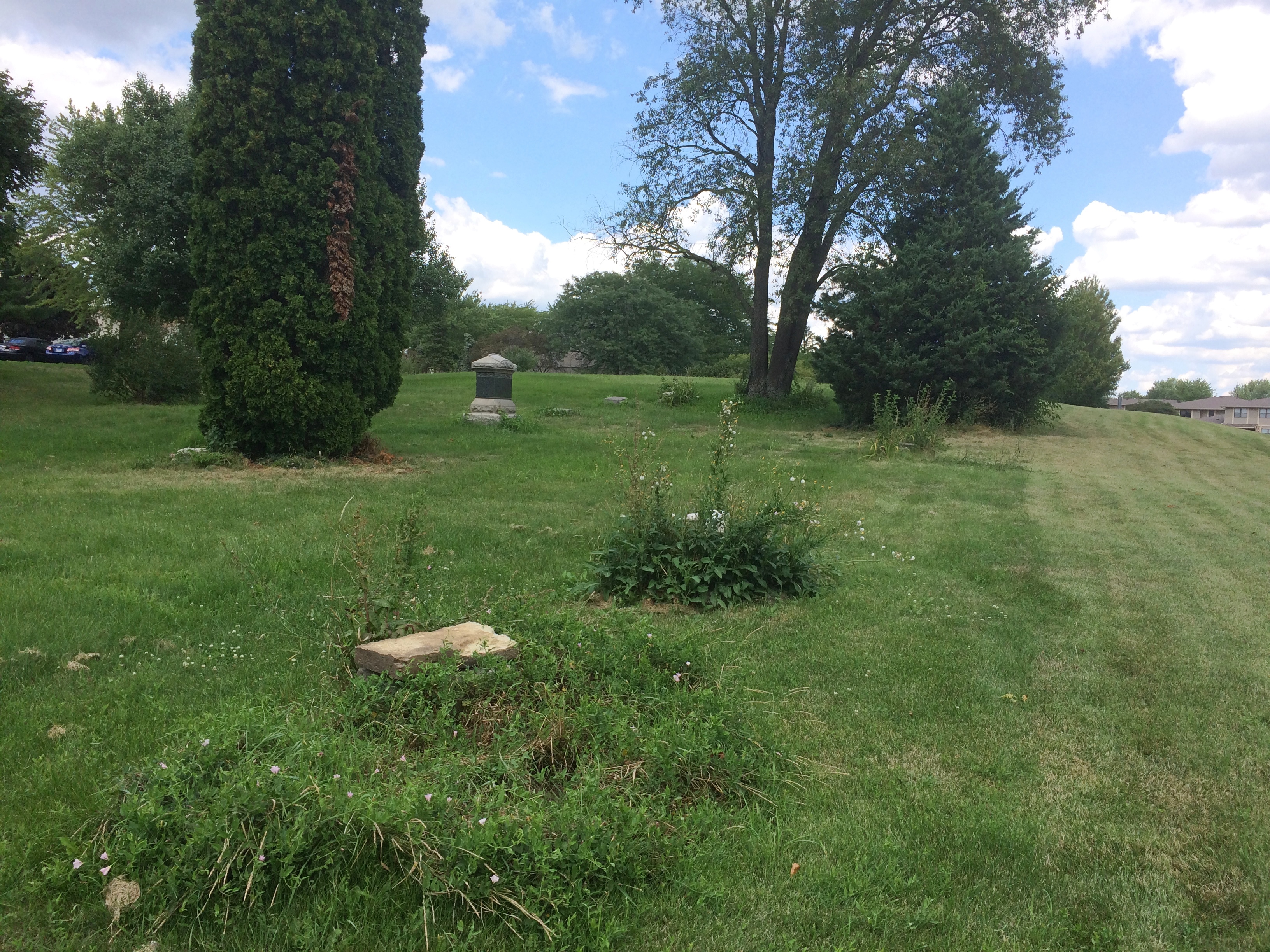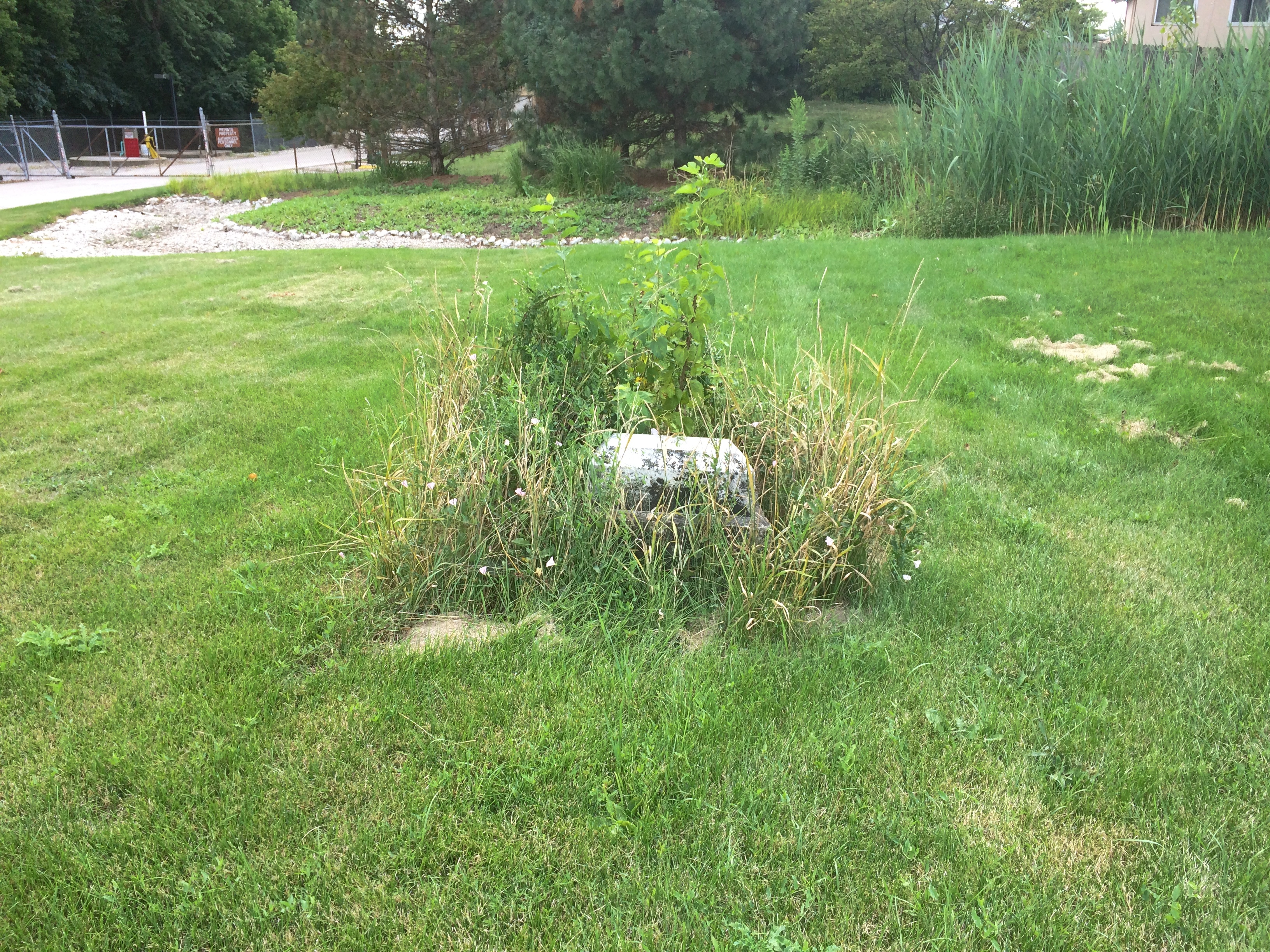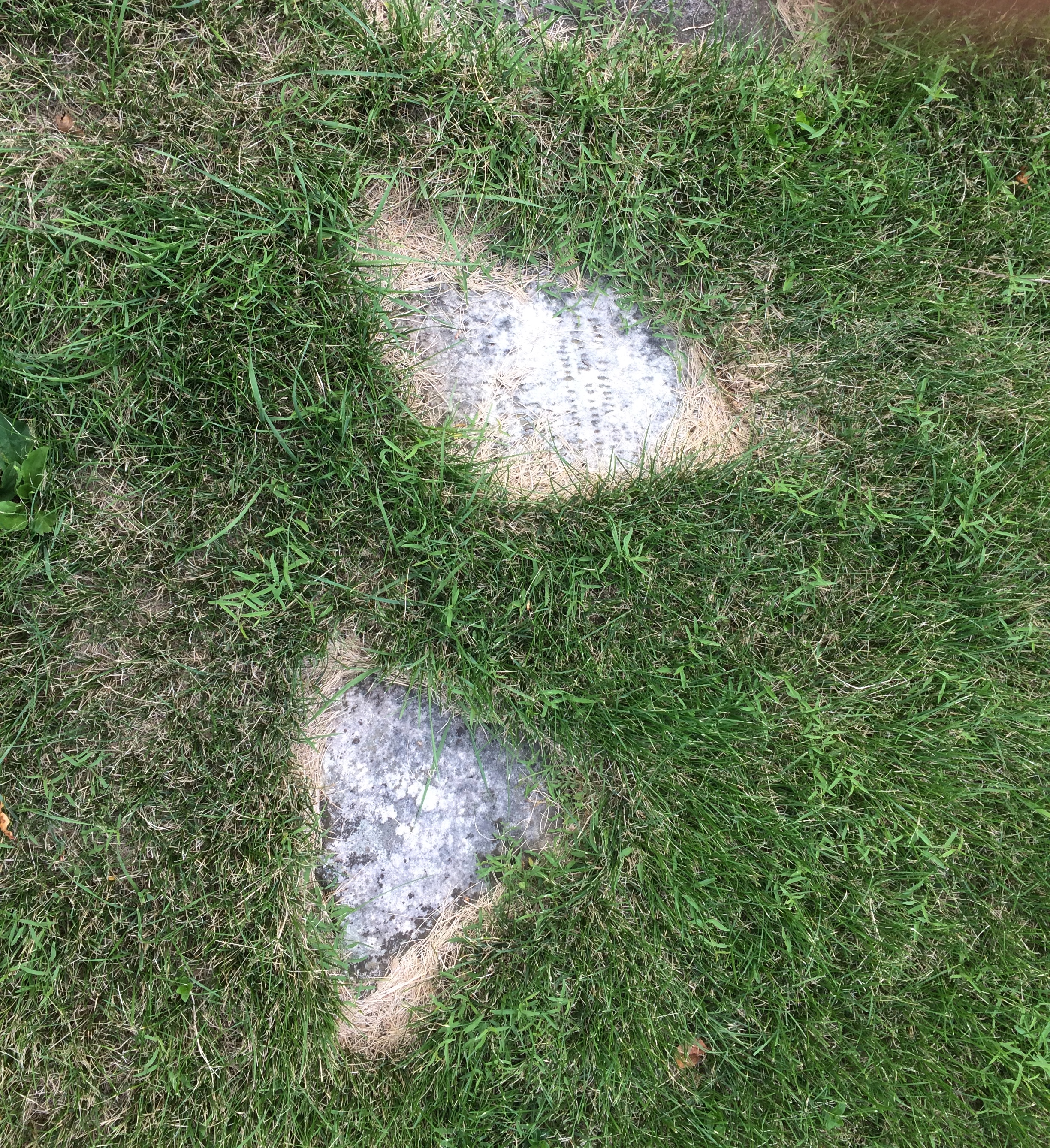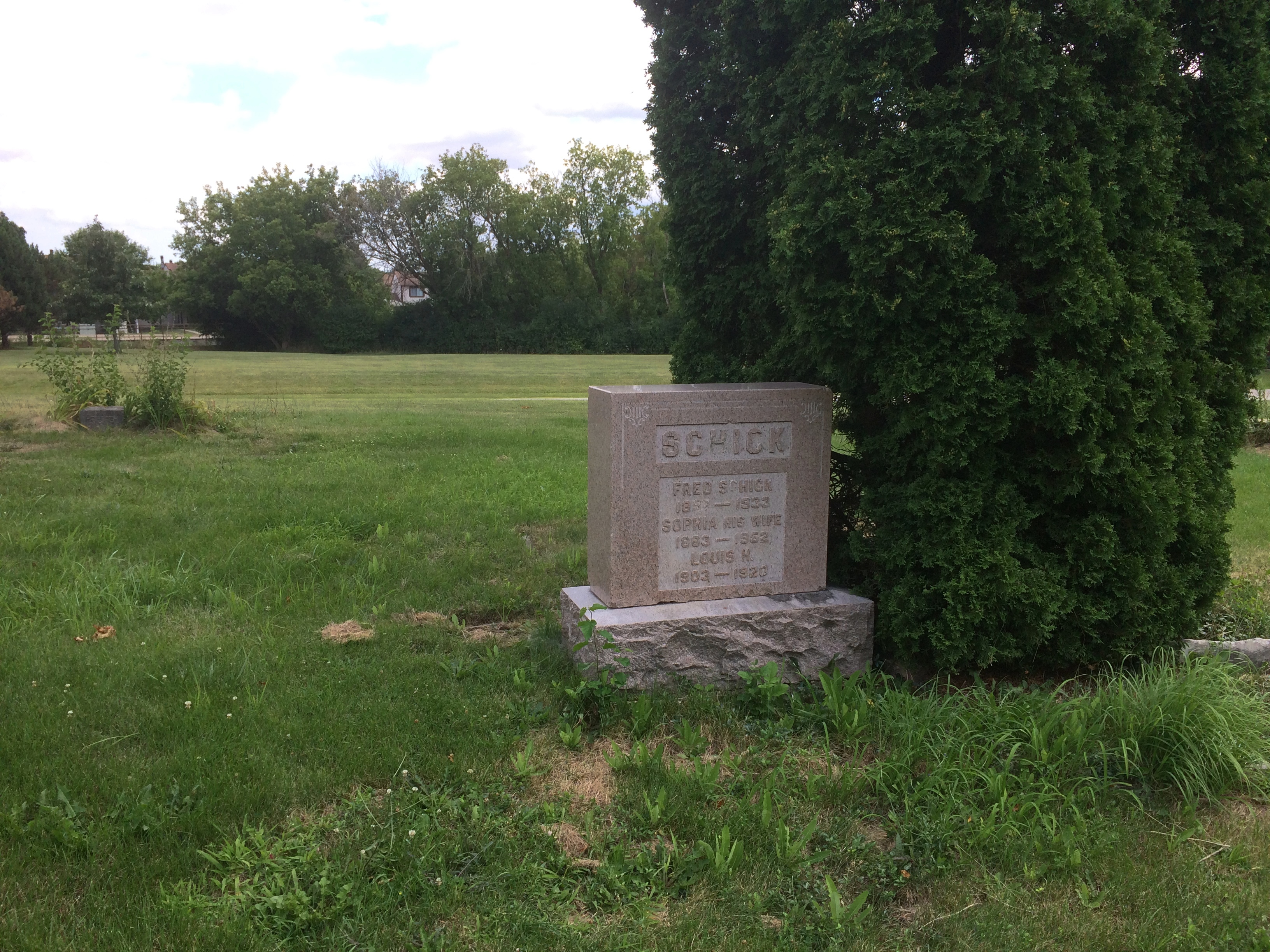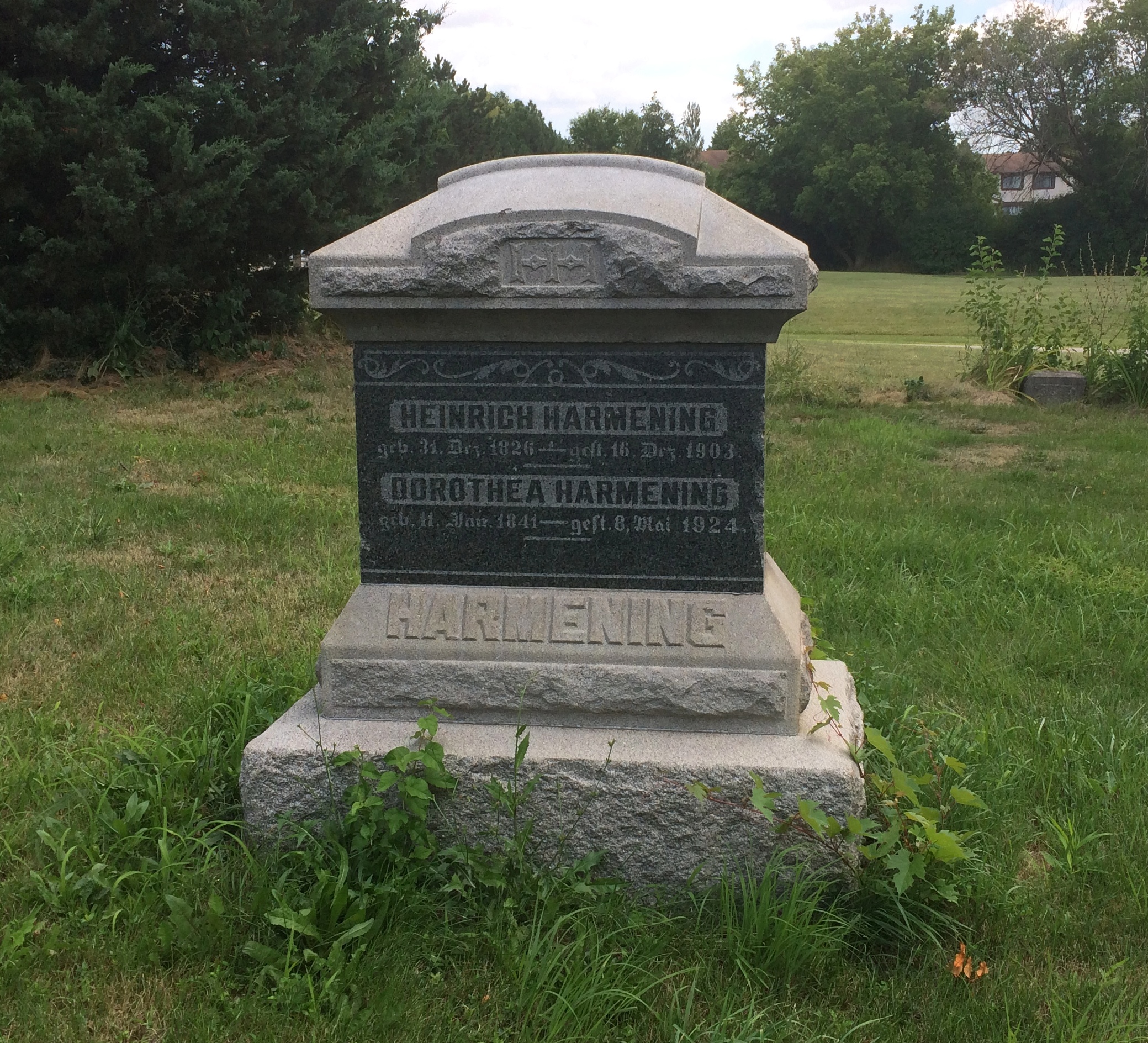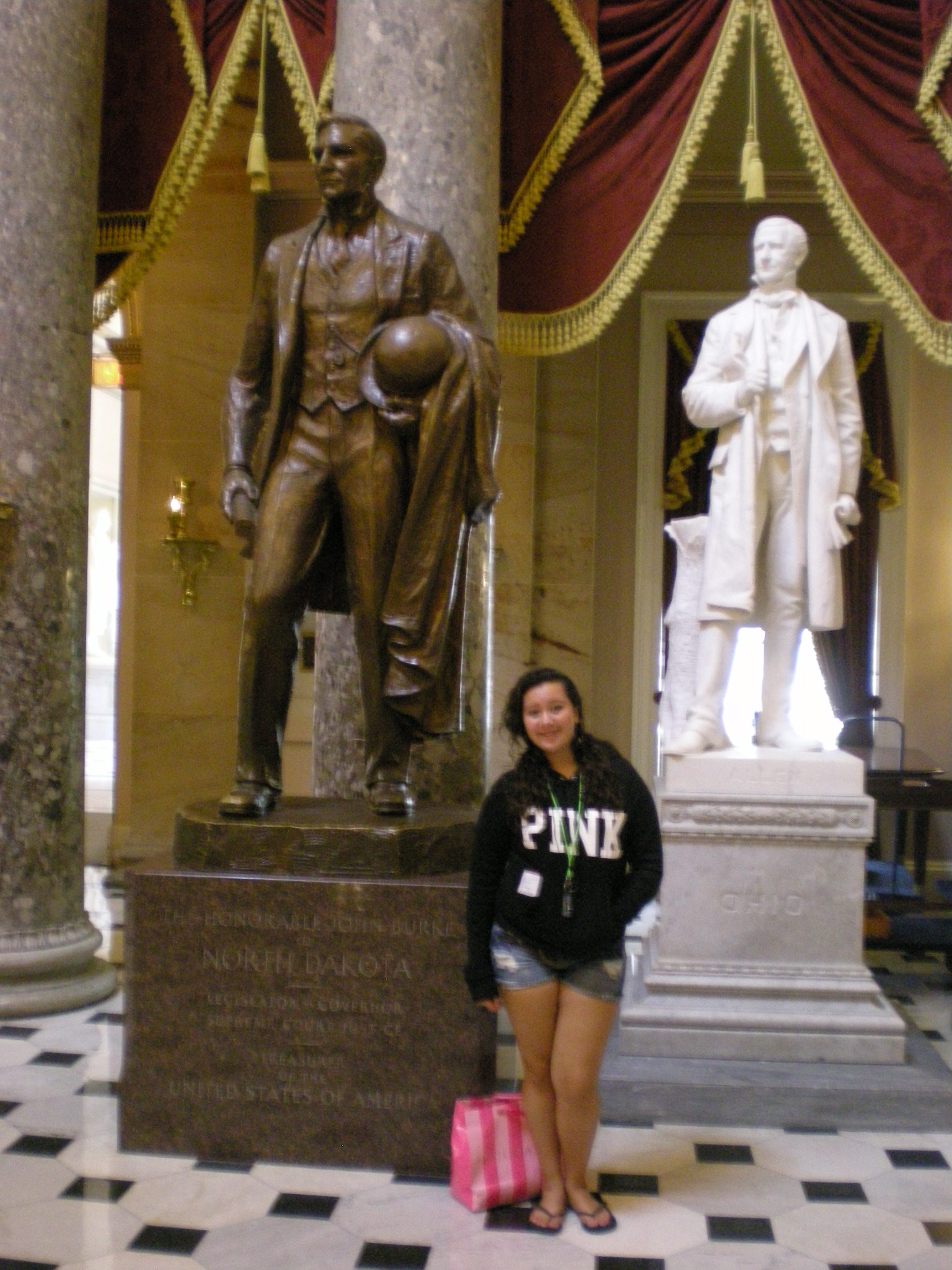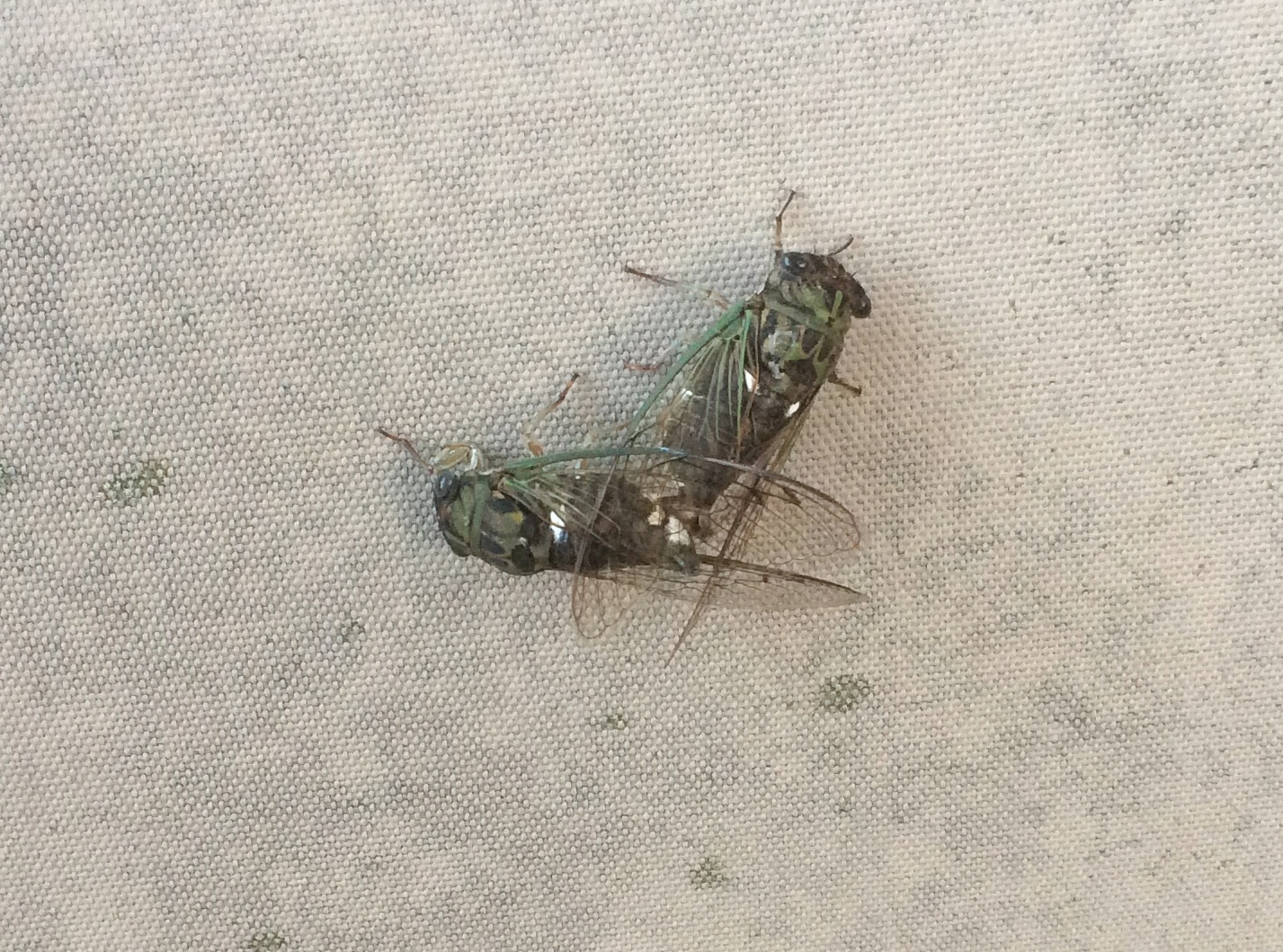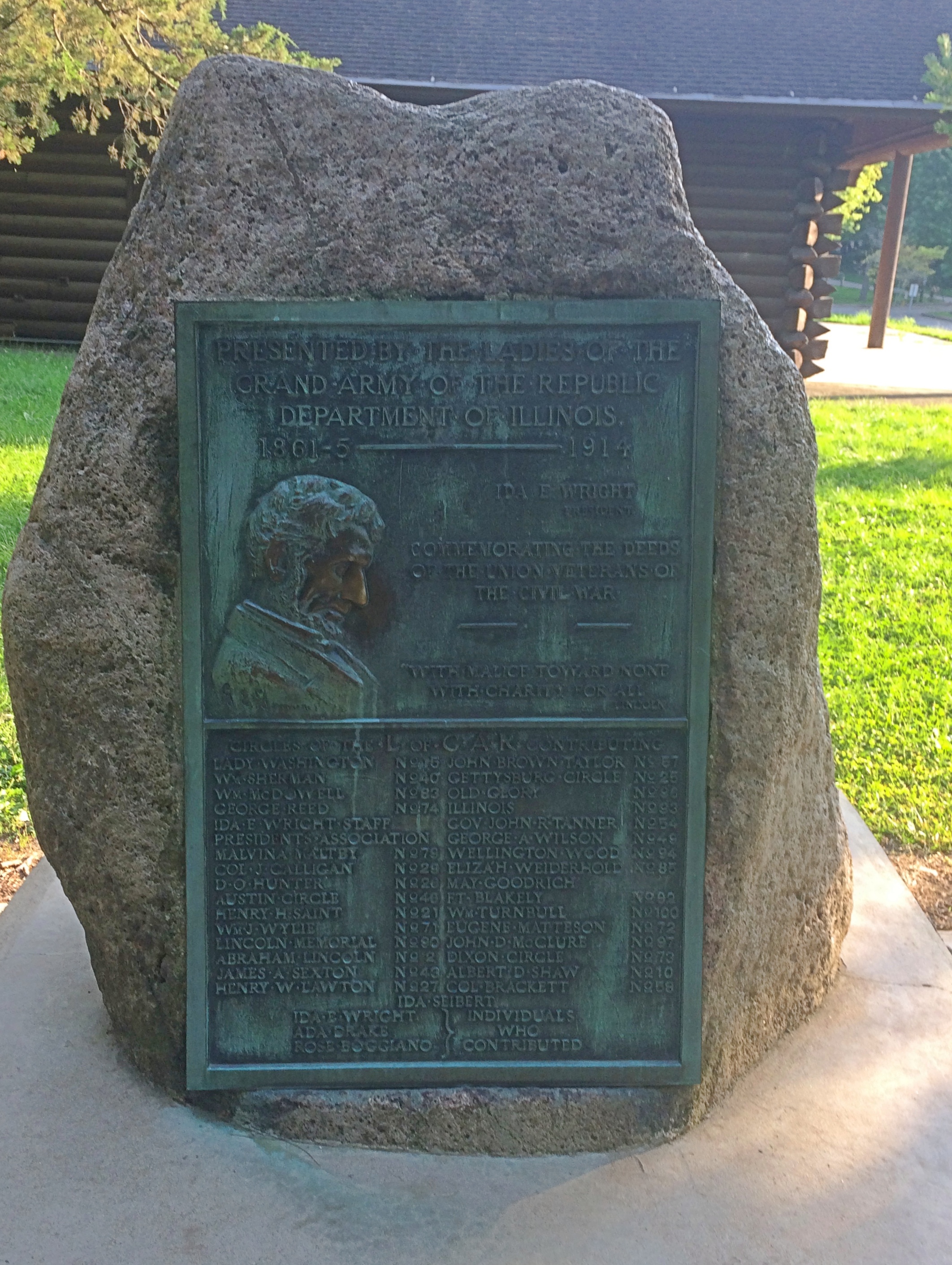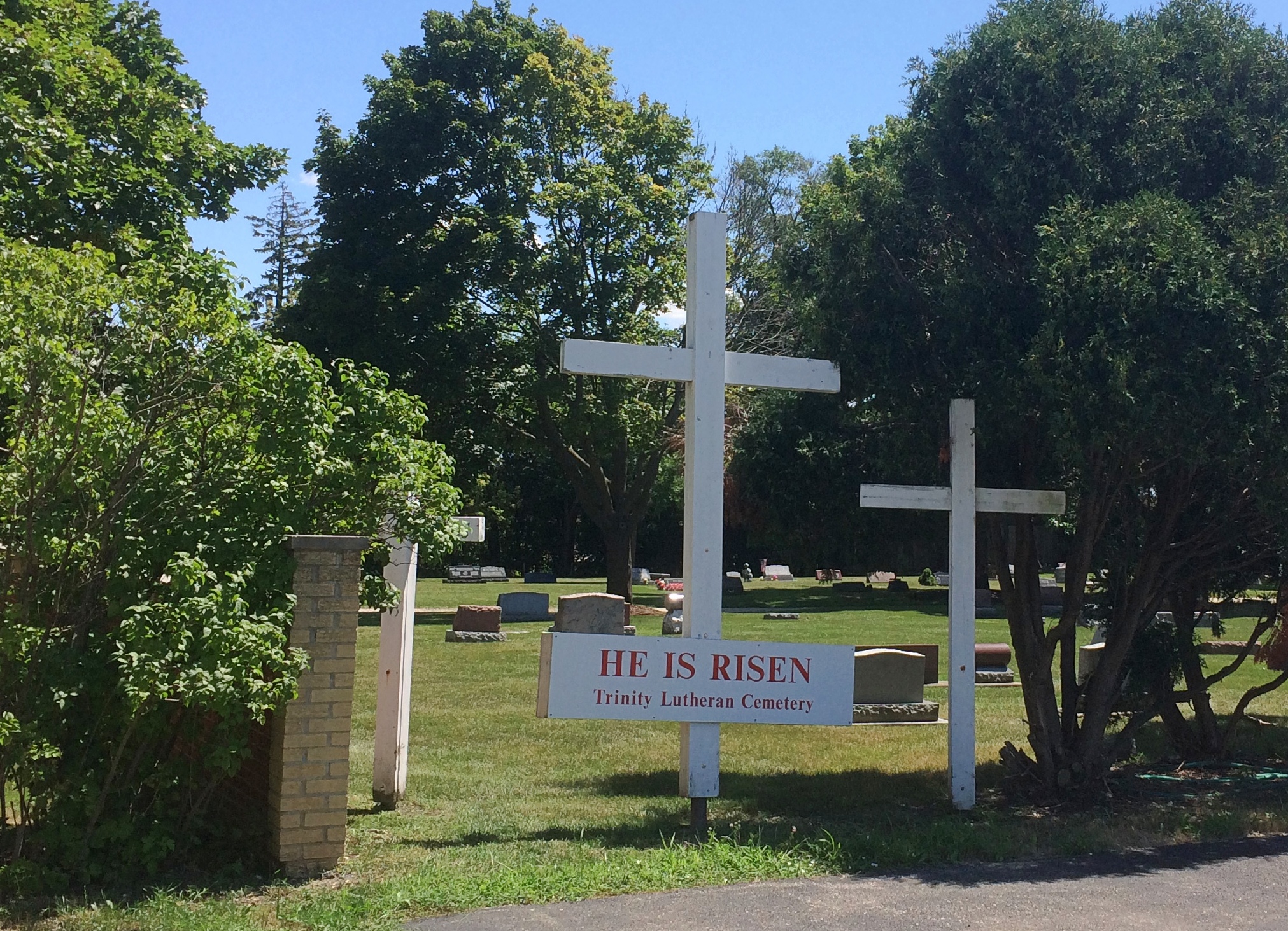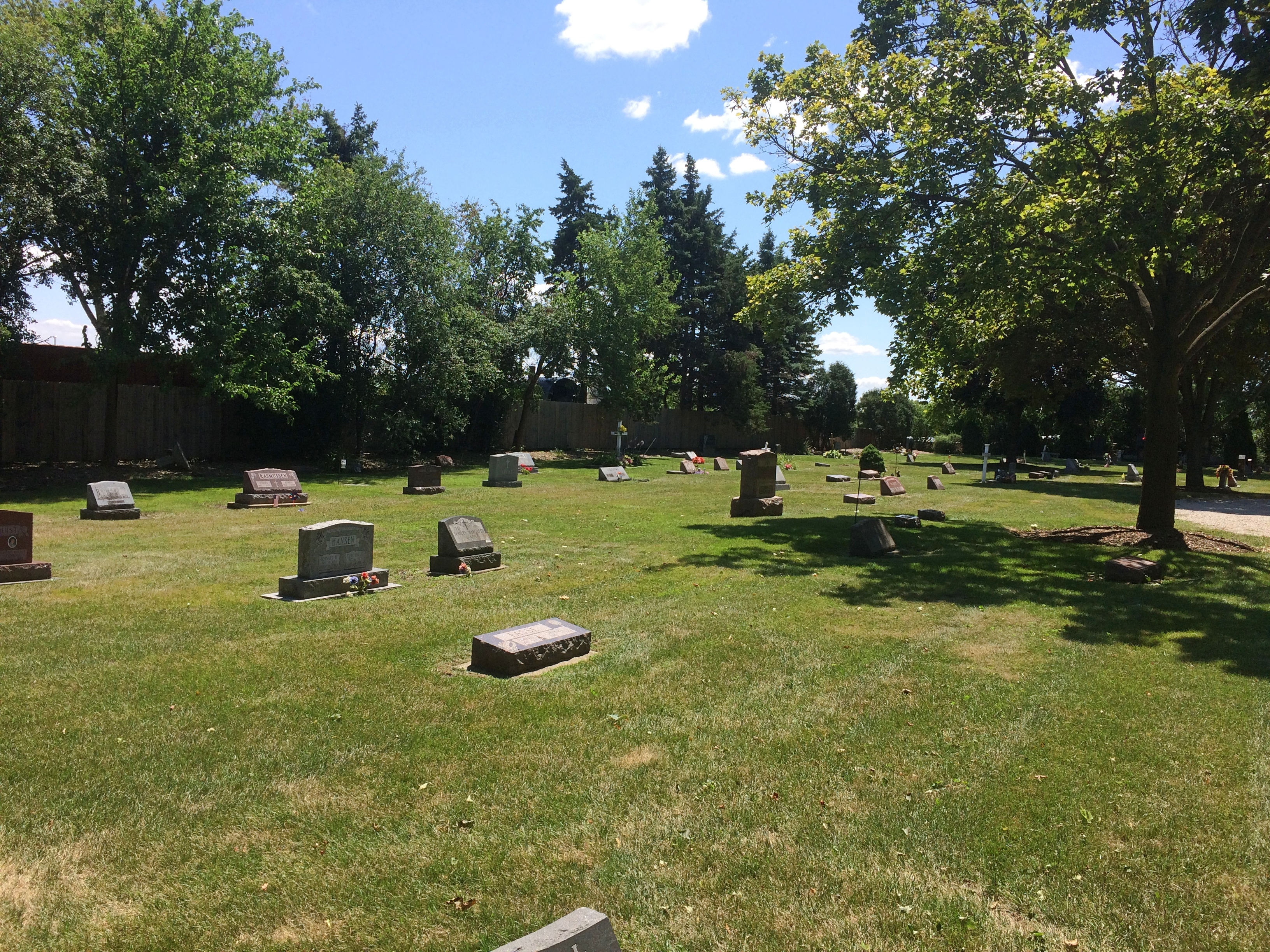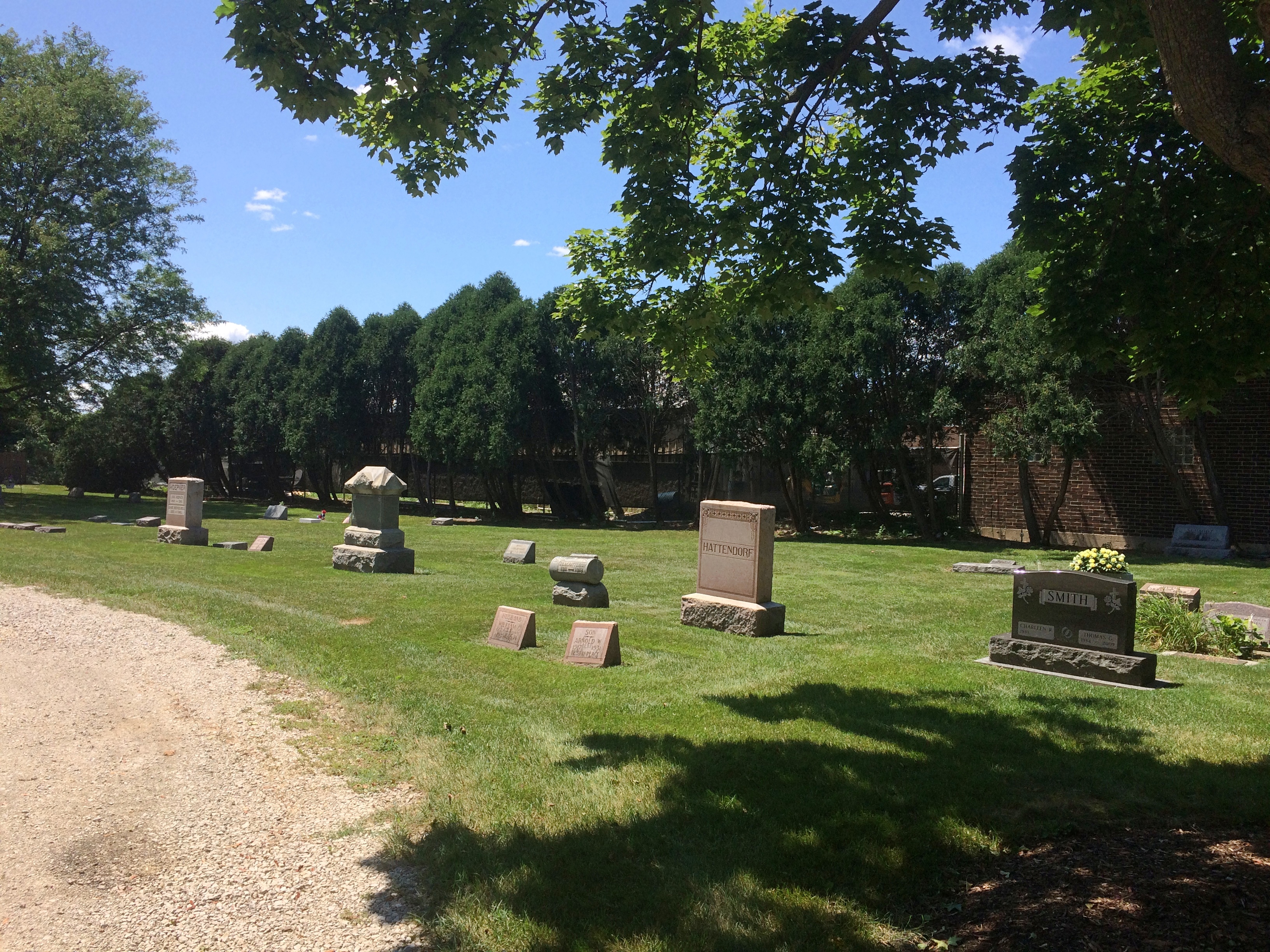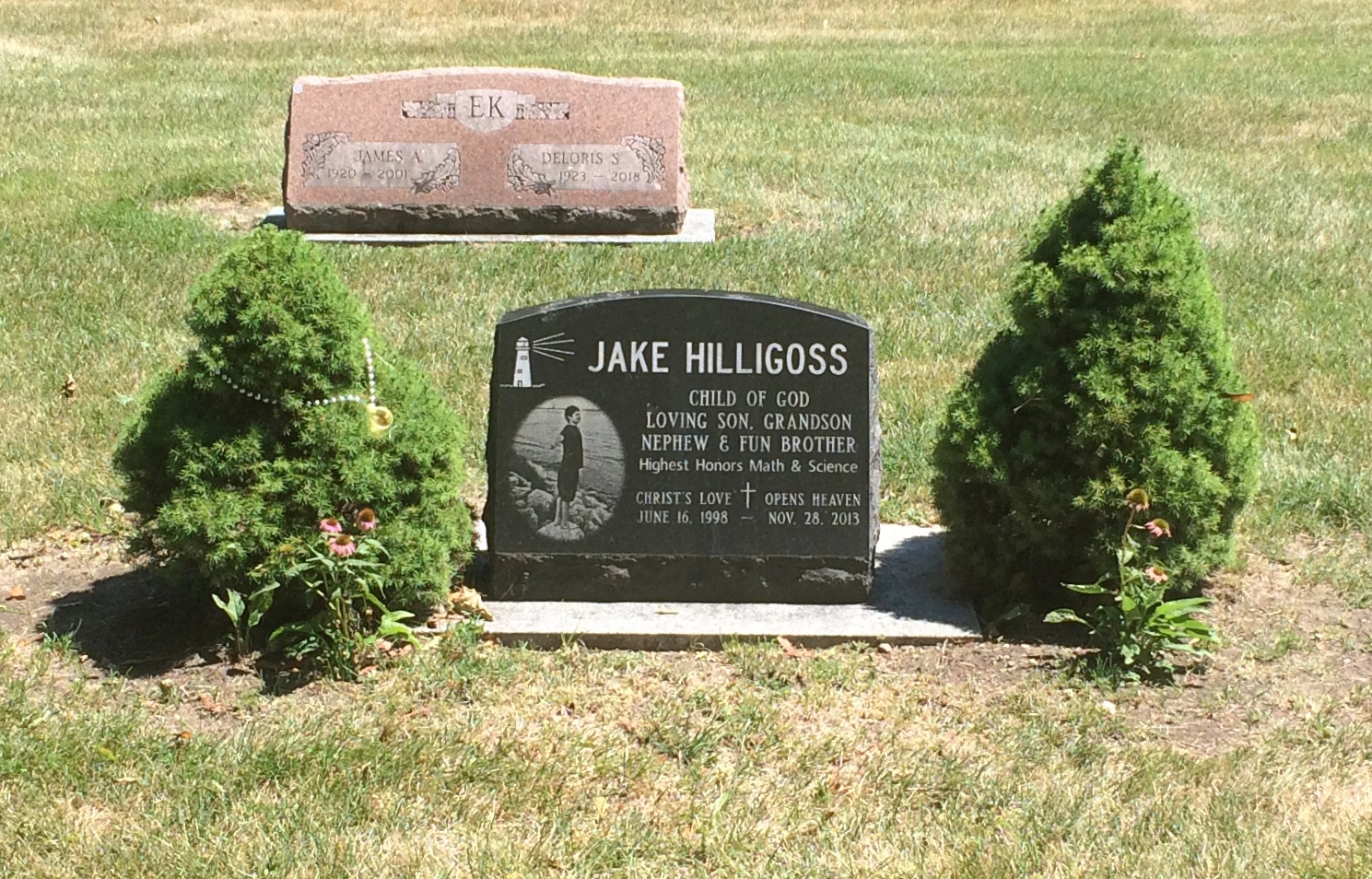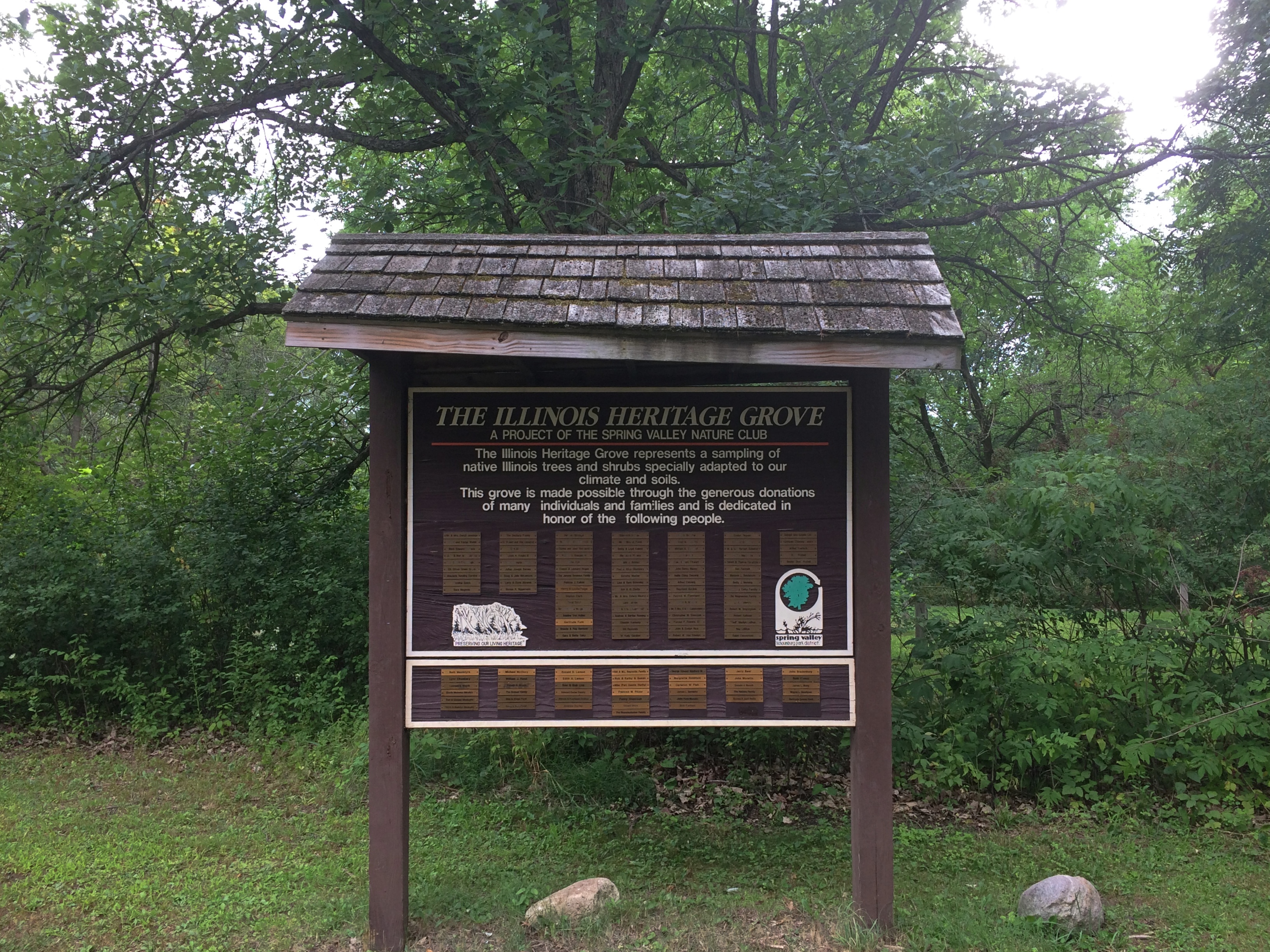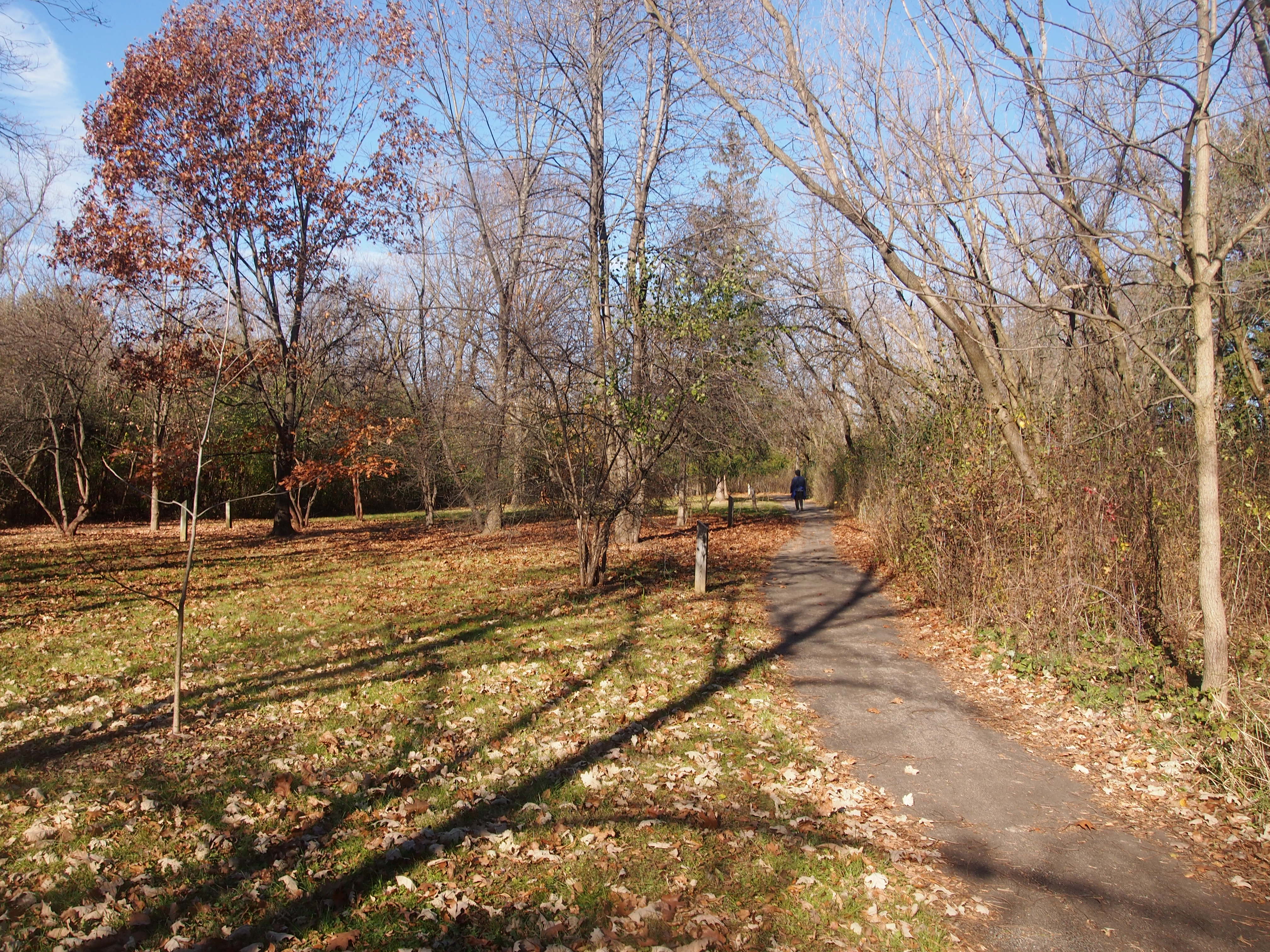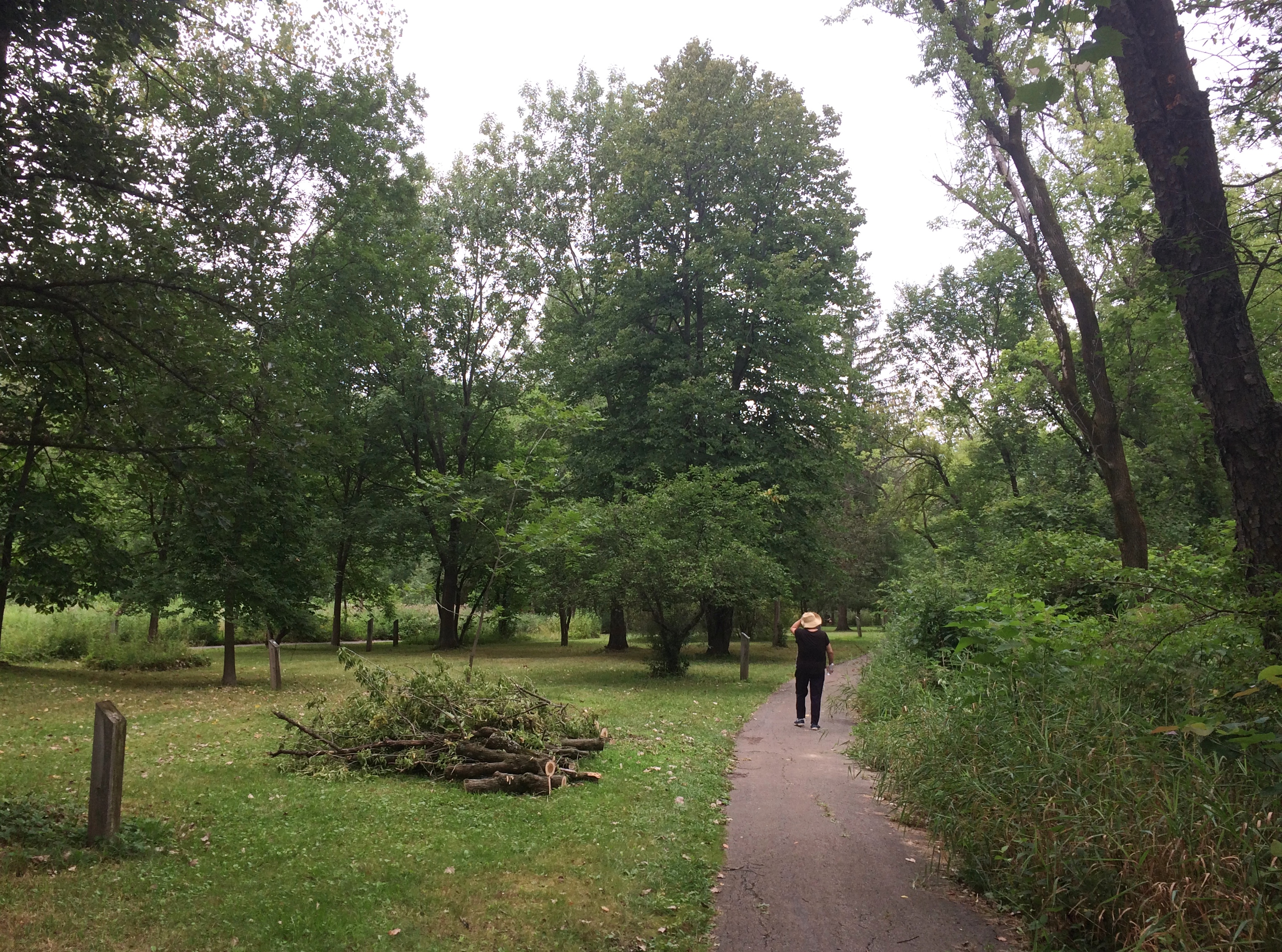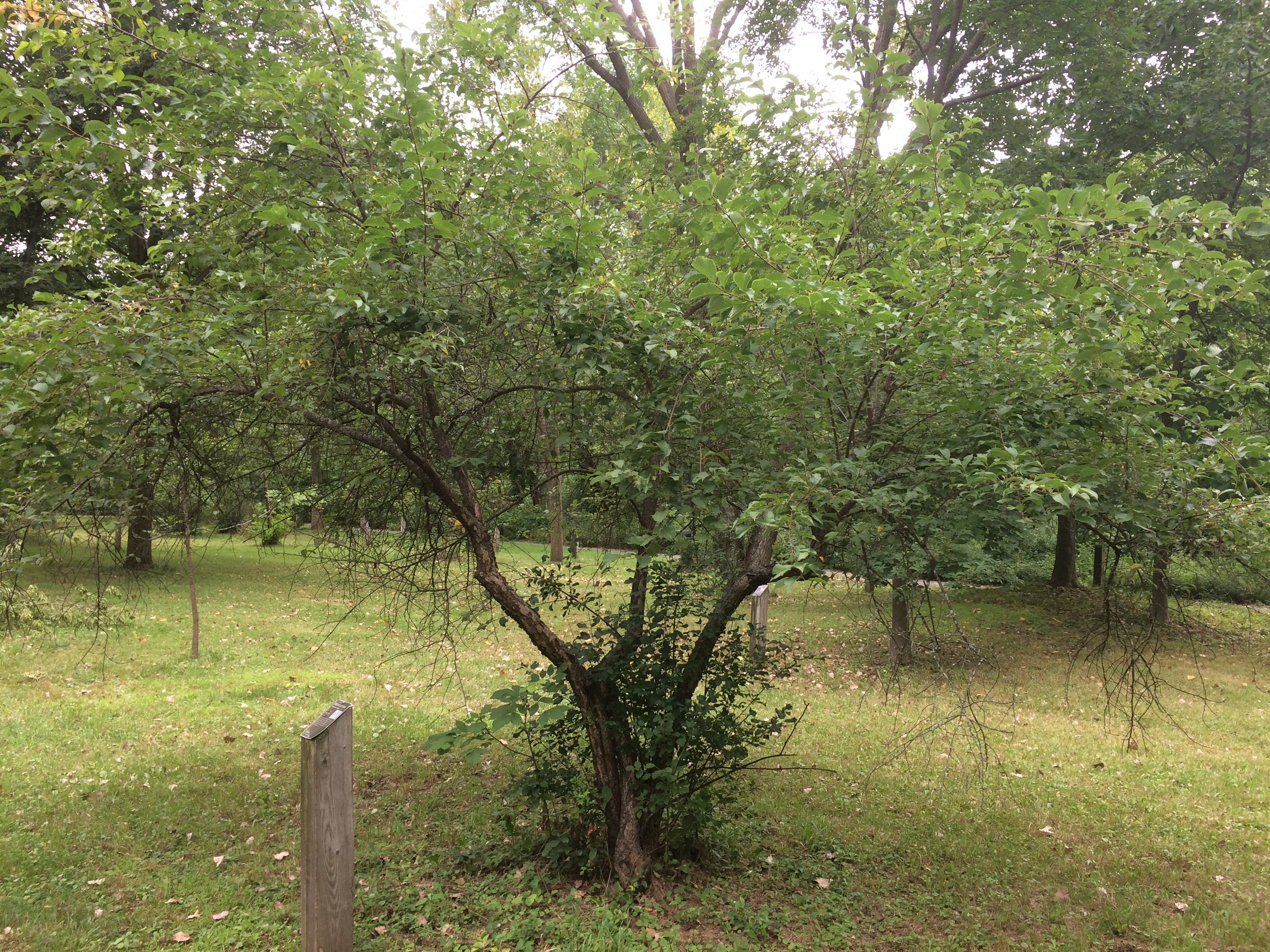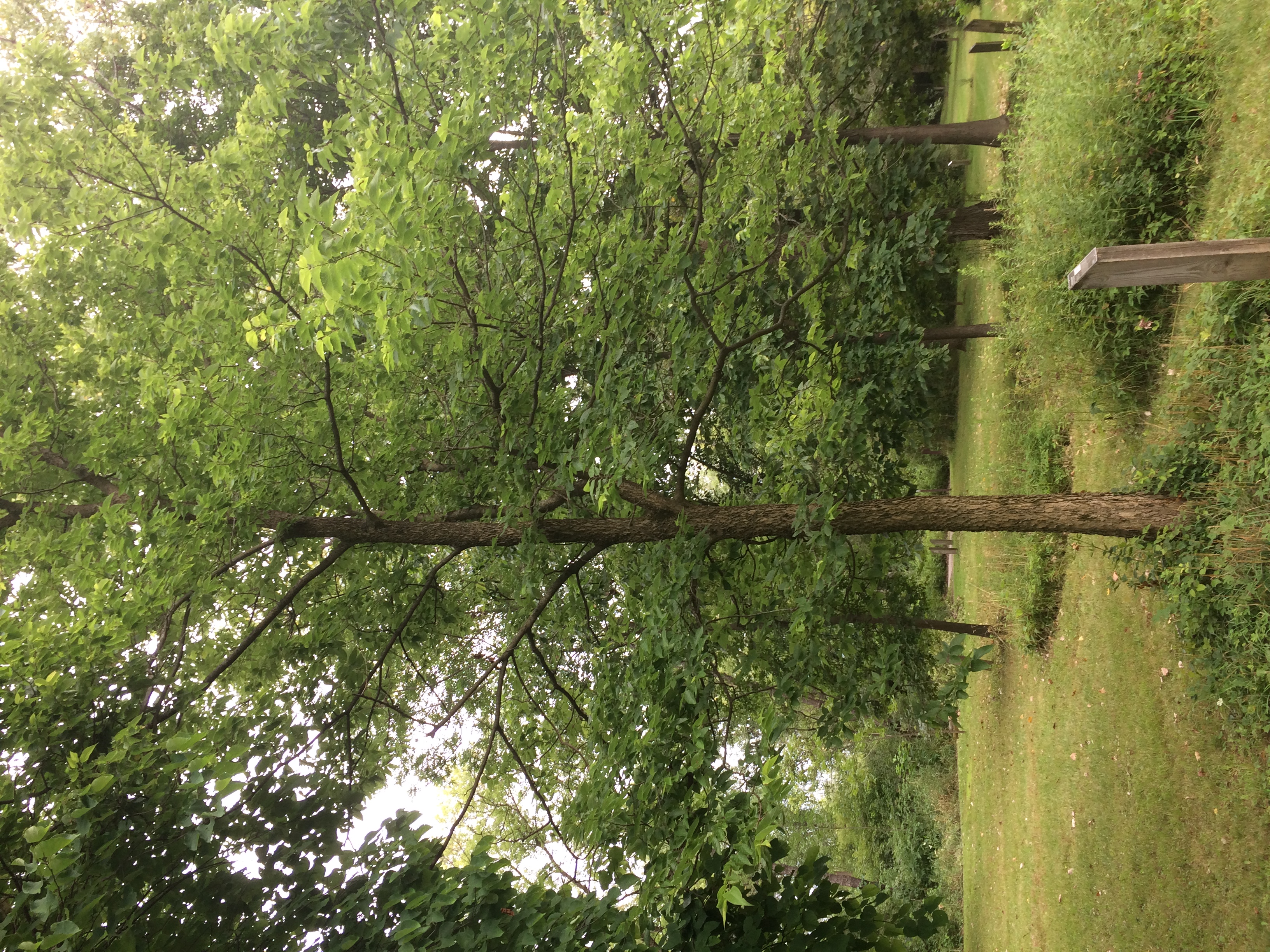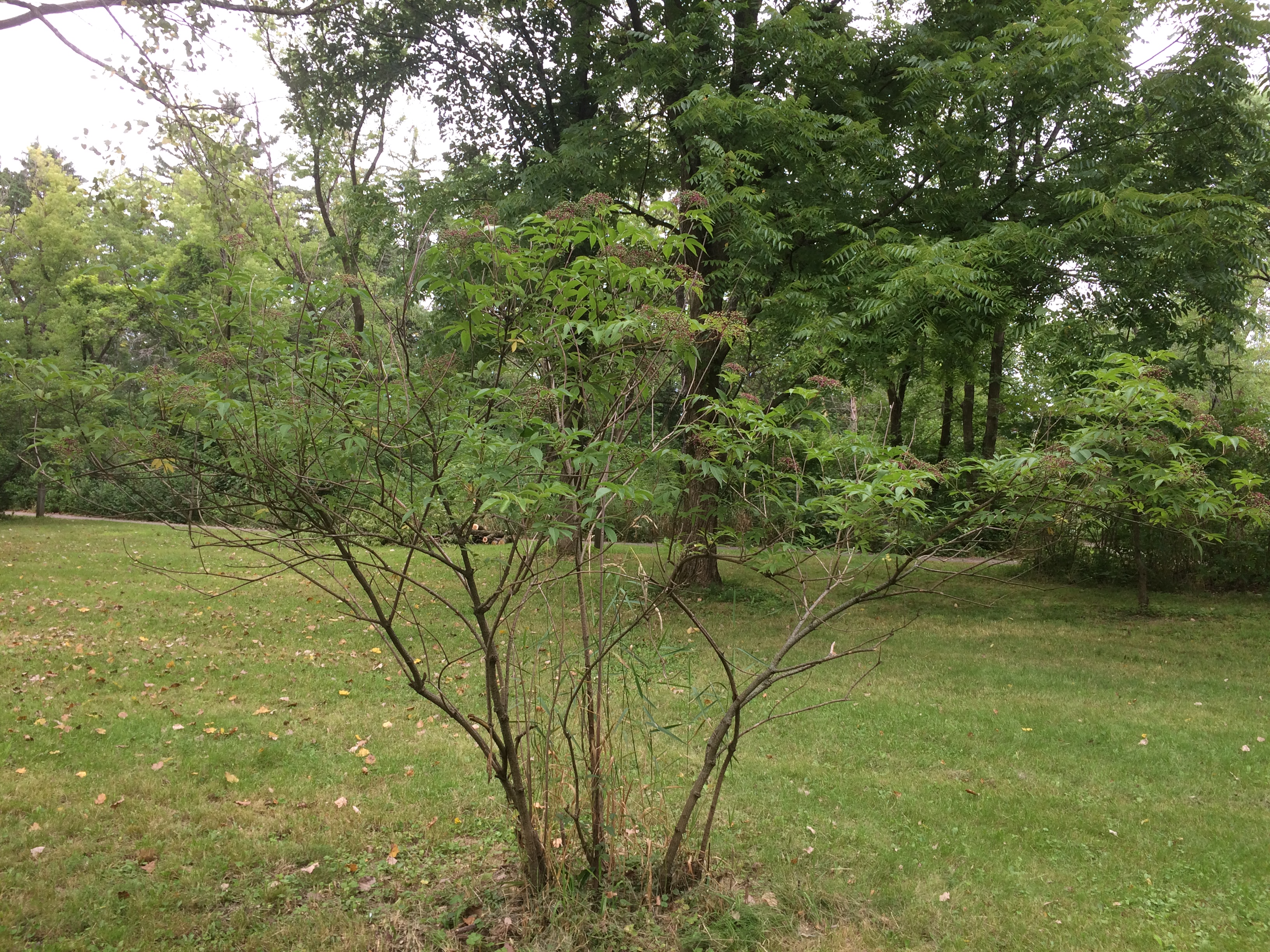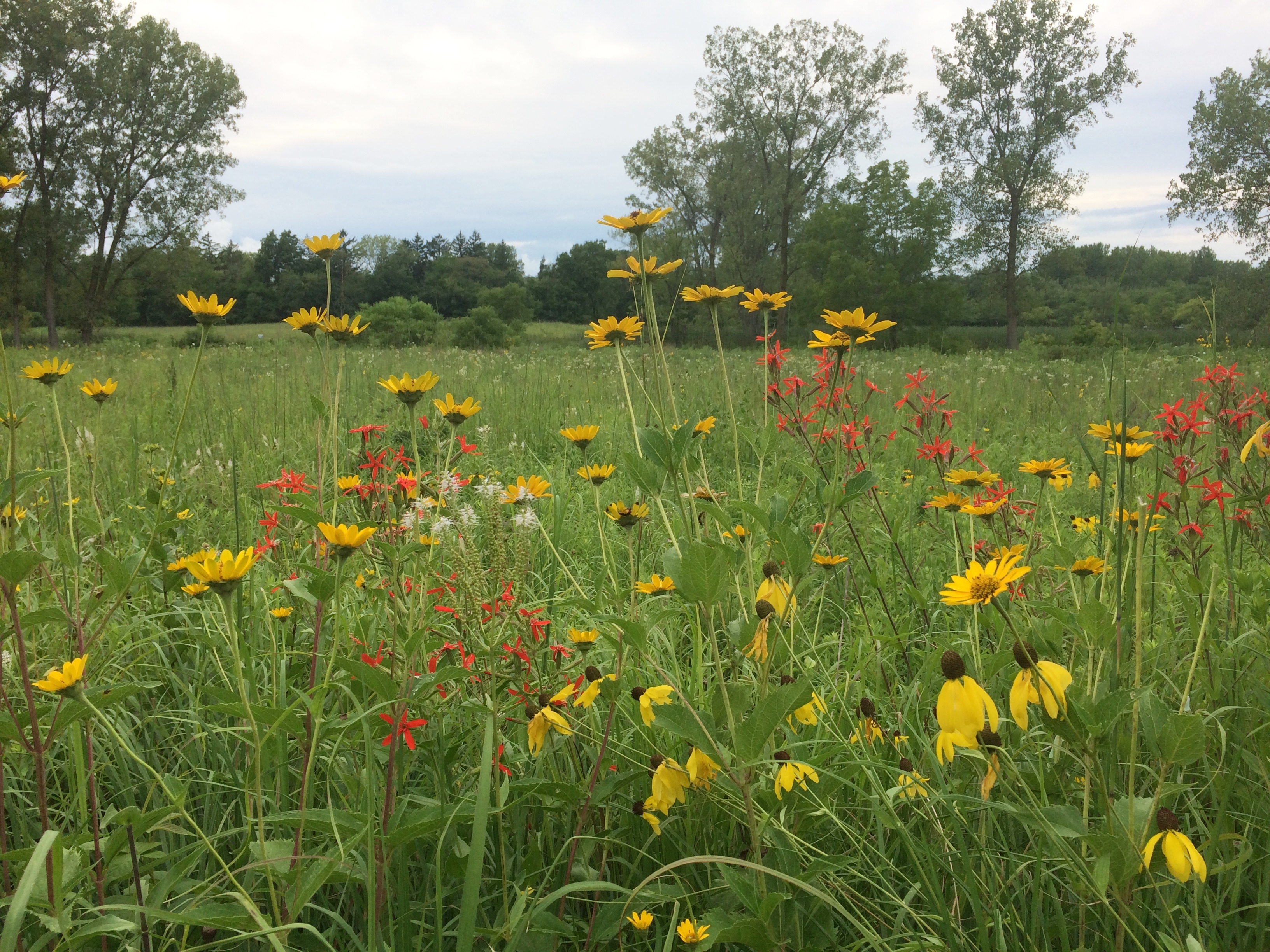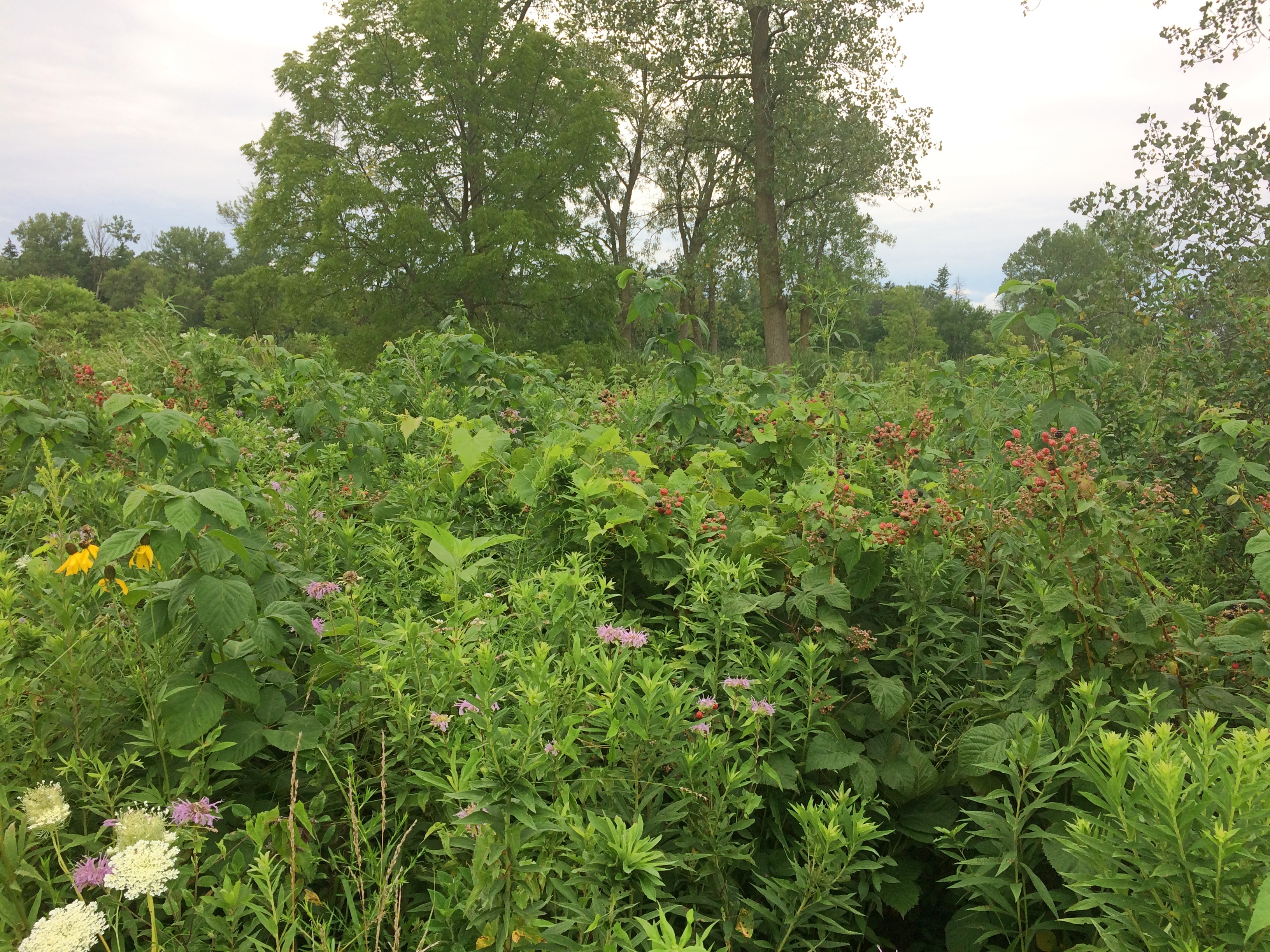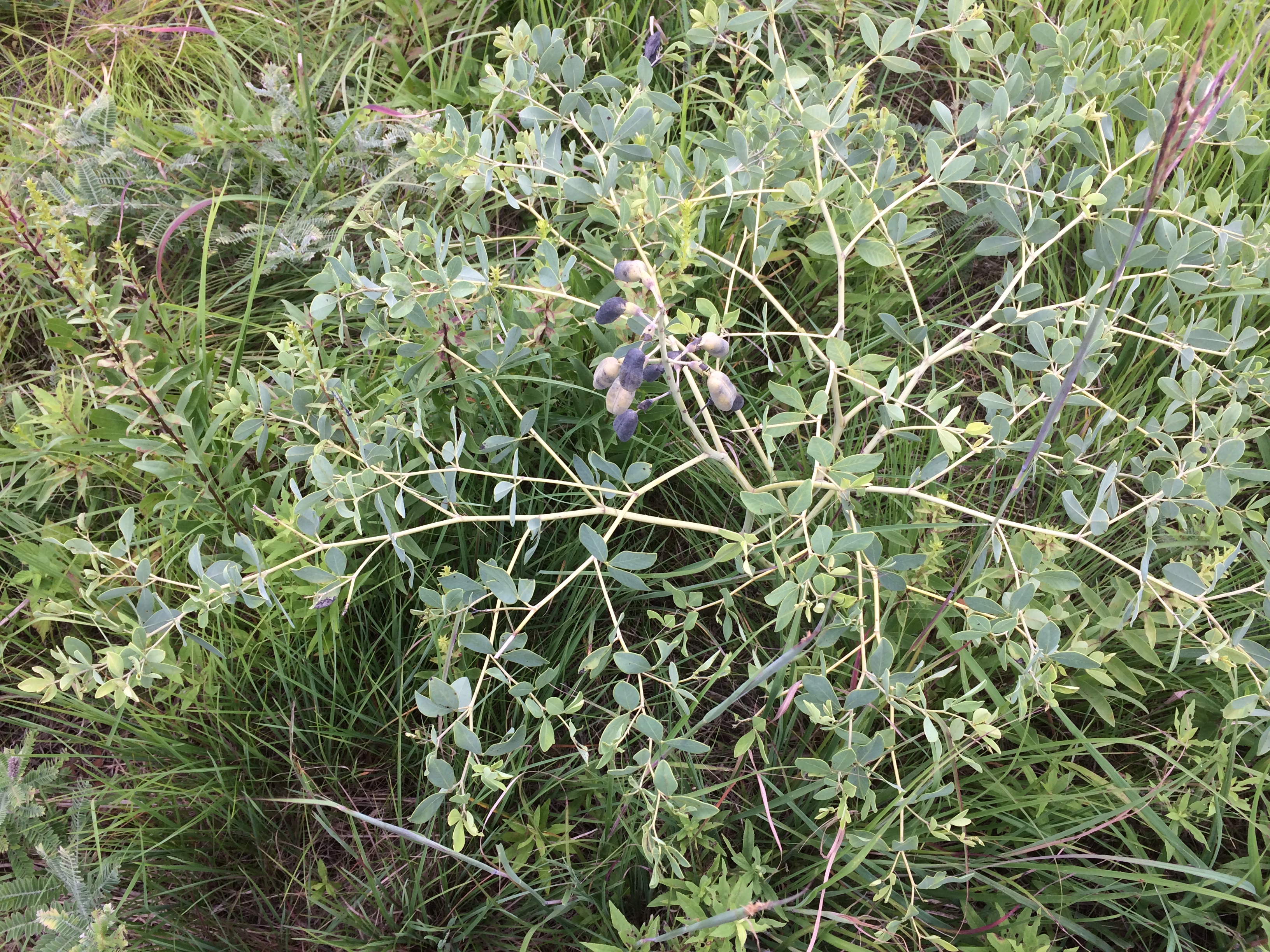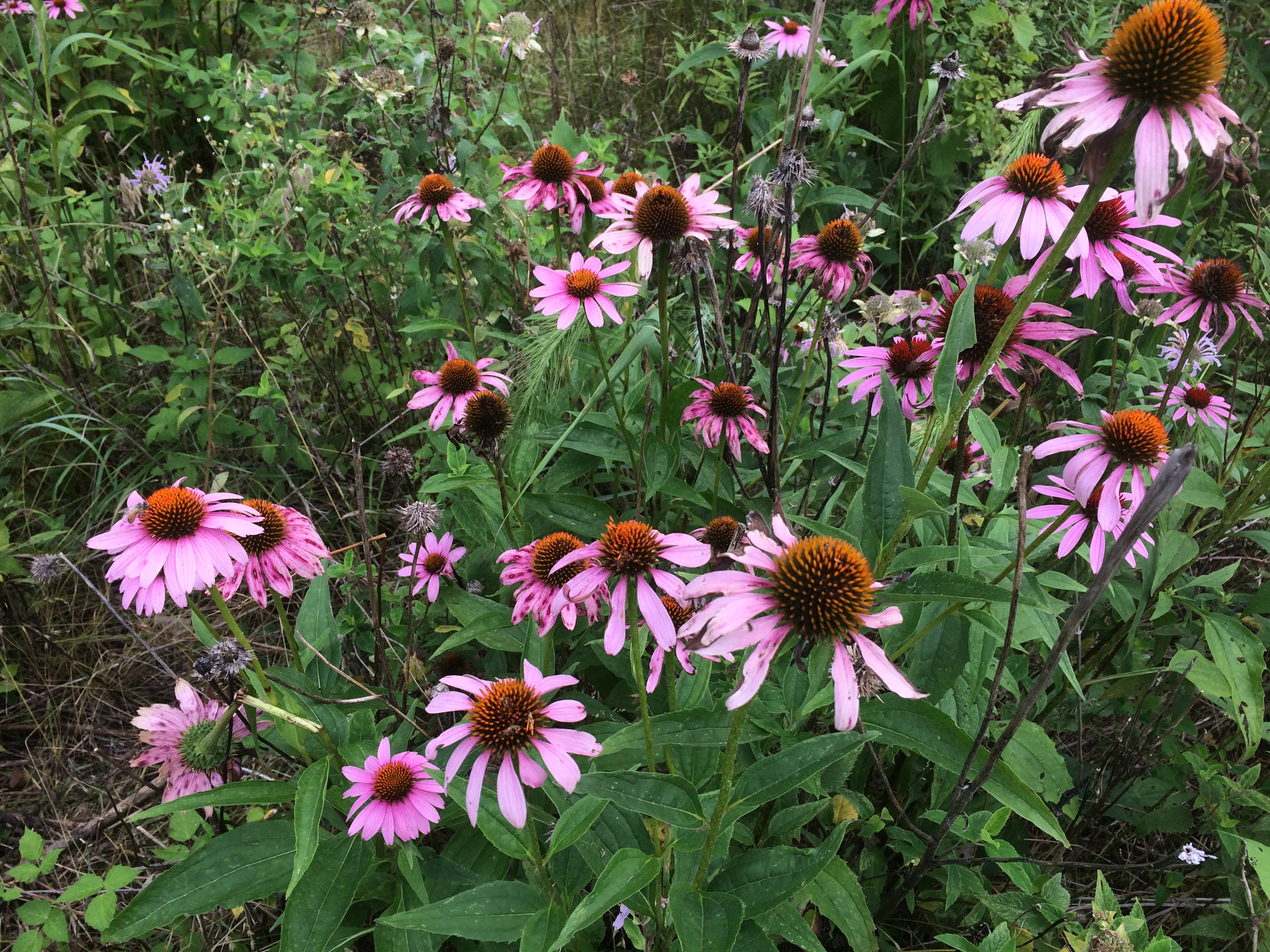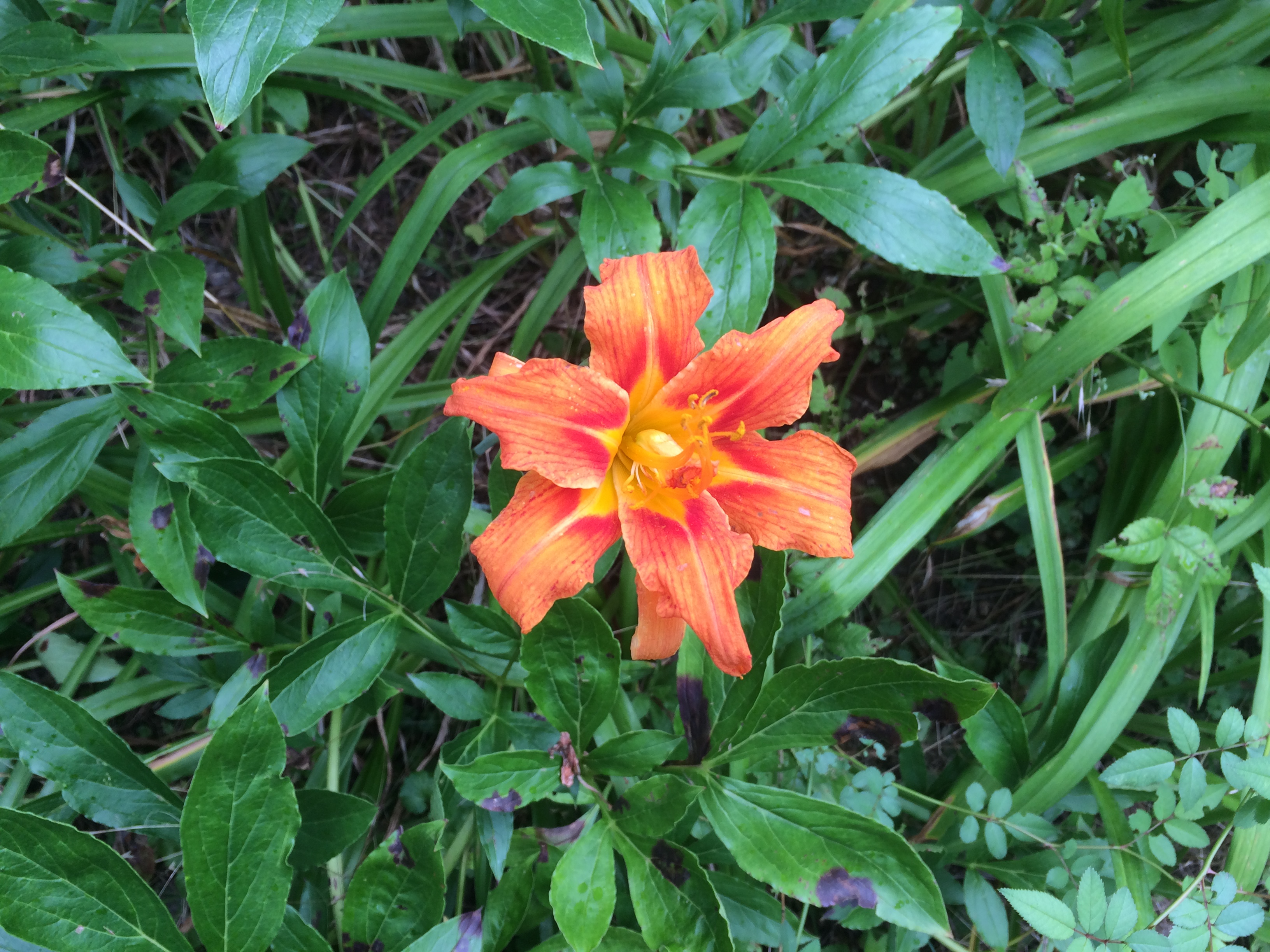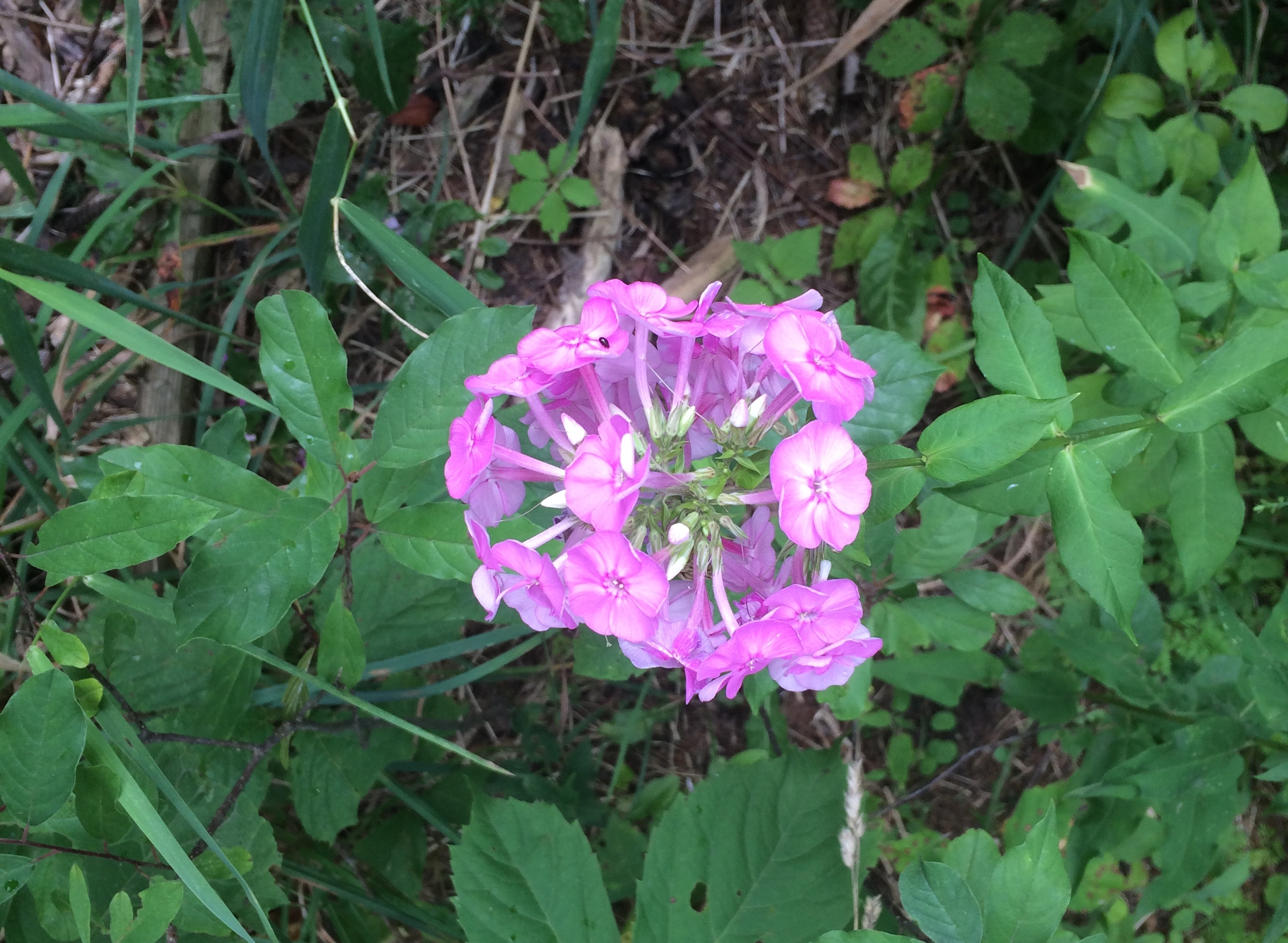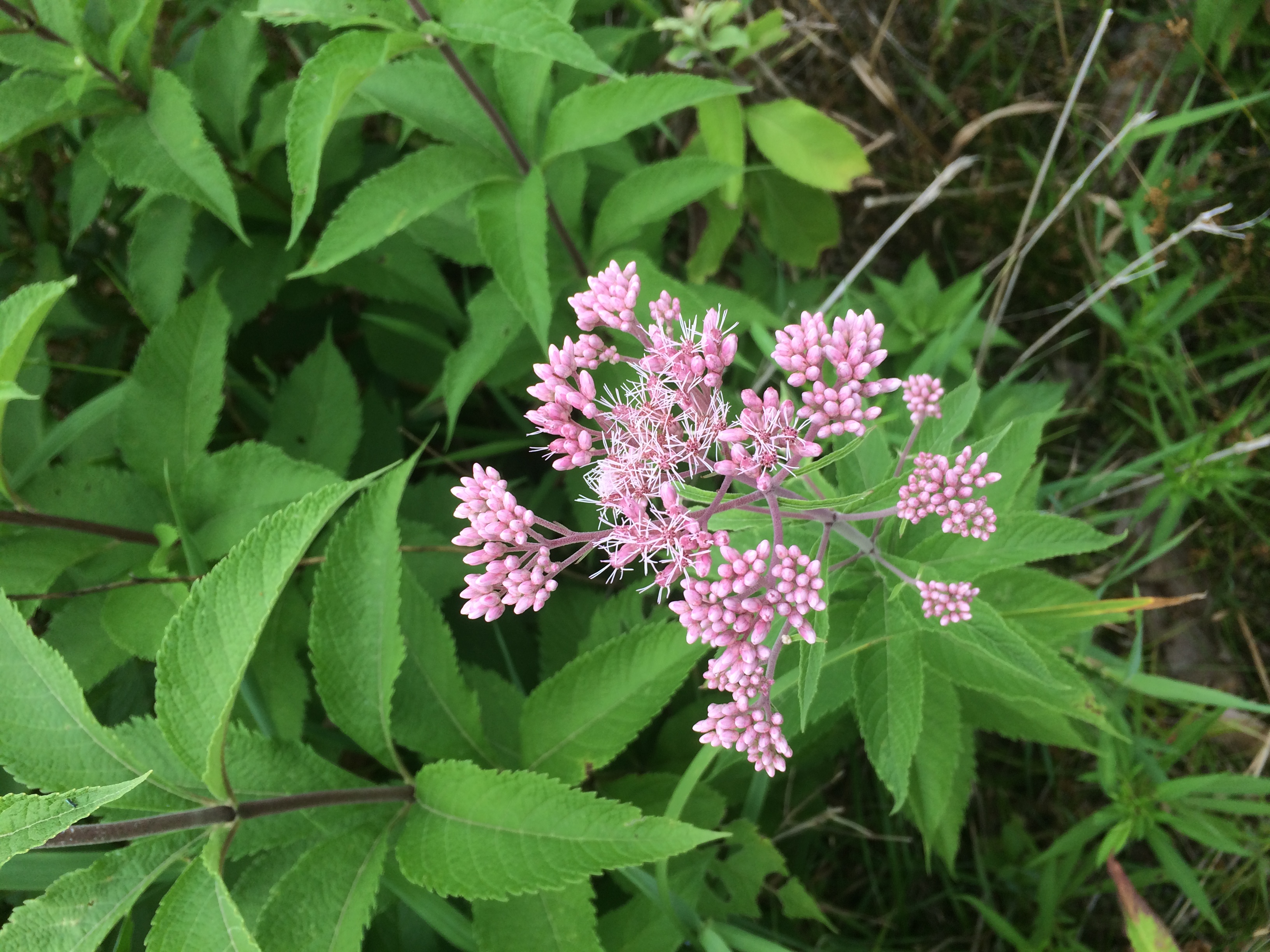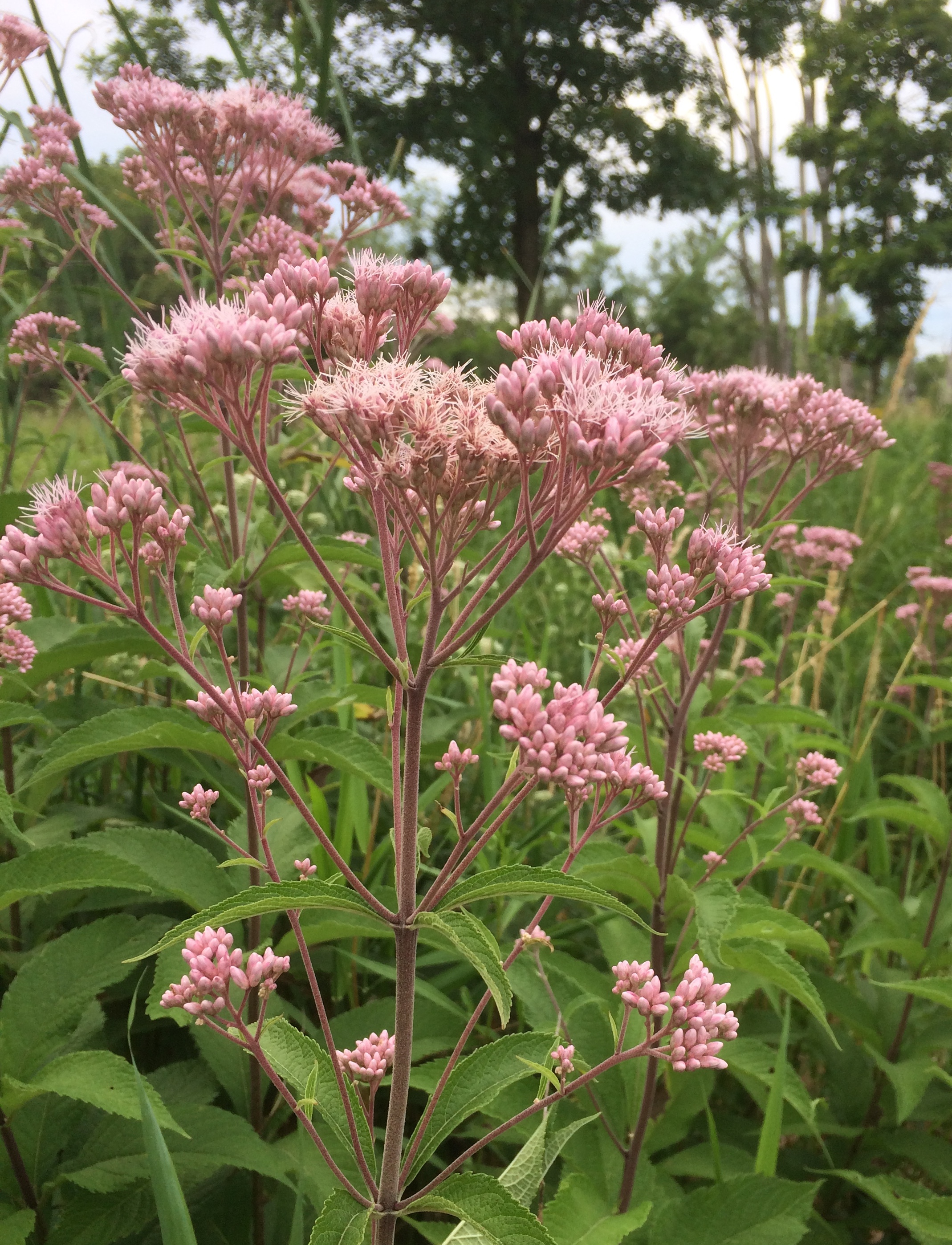Back in the days of paper letters and postcards, not every correspondence I started ended up in the mail. I have an entire file of letters and a few postcards that I didn’t finish and didn’t mail.
Usually that was for ordinary reasons, such as forgetting to complete it for months, by which time the news was stale. Only on rare occasions did I write a letter and think better of sending it because of its content, though I have a few insolent work memos of that kind.
I wrote a large postcard to a friend of mine in Illinois on August 27, 1983, while I was still in New York City. I think it got lost among the papers I had with me a few days later when I went to Nashville, and all these years later, I still have it.
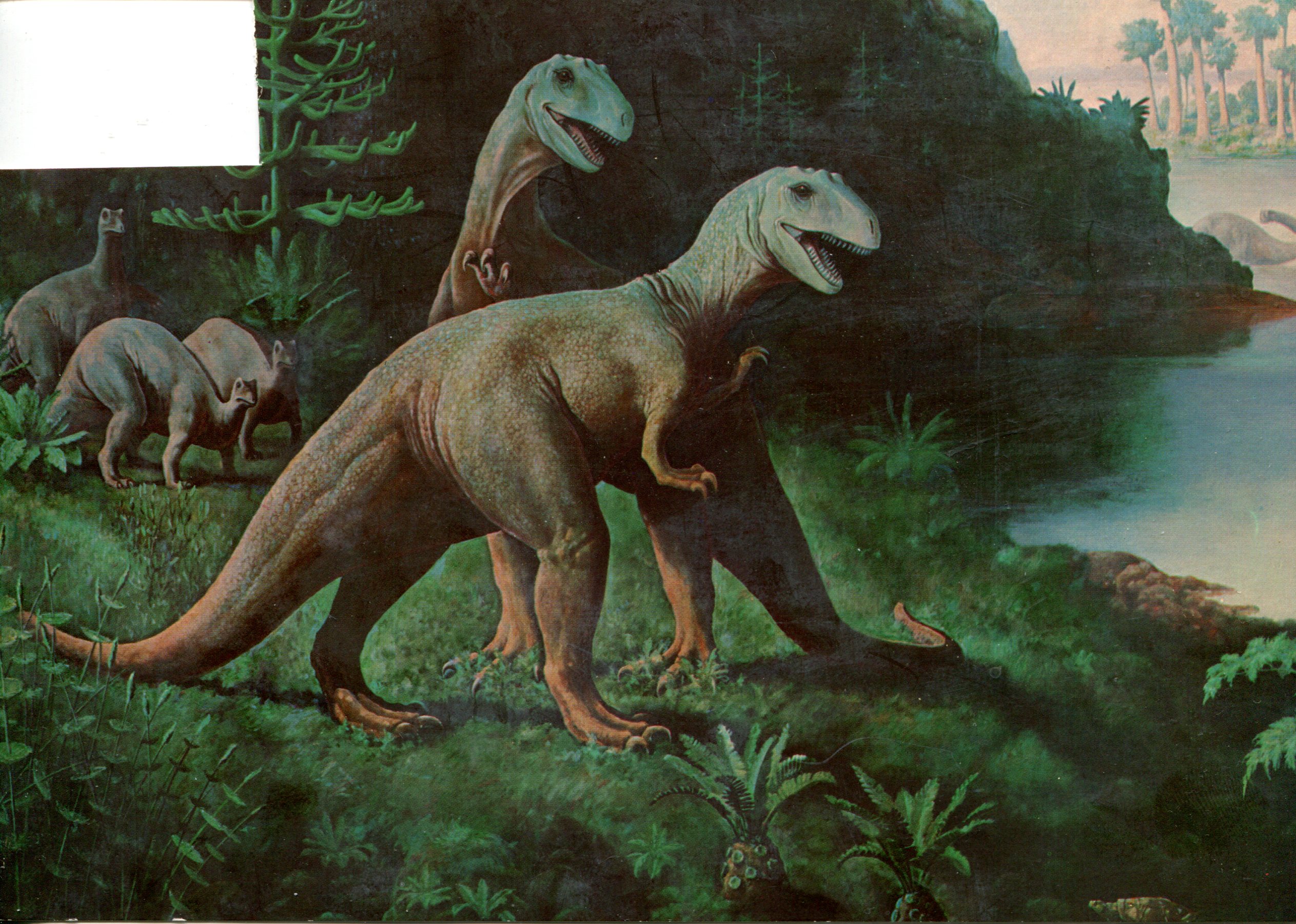 Note the missing piece. I got as far as stamping the thing, but later removed it for re-use.
Note the missing piece. I got as far as stamping the thing, but later removed it for re-use.
The printed text of the card says:
ALLOSAURUS (foreground) was a large, meateating dinosaur that lived during the Jurassic period of earth history, about 140 million years ago. This aggressive reptile, which preyed upon other dinosaurs, was about 30 feet long and probably weighed several tons when it was alive. Several individuals of CAMPTOSAURUS, a small, inoffensive, plant-eating dinosaur, are shown in the background.
Painting on Display
THE AMERICAN MUSEUM OF NATURAL HISTORY
NEW YORK, U.S.A.
I wrote, in part:
Dear R—
I have come to New York to learn such oddities as “August is Bondage Month,” which a simple advertisement in the window of the Pink Pussycat Boutique told me. [Remarkably, the shop is still there; give the people what they want, I guess.]
Since the long line to pass through customs at JFK [returning from Europe], I’ve shuffled first to the P’s house in New Rochelle, then S’s house in Stamford, Conn. Since last Friday (the 19th), I have been at D’s apartment while she is on the Jersey shore with her parents. This is a good arrangement. I’ve become acquainted with the Village and various other parts of the city.
This card, for instance, is an accurate portrait of Brooklyn, by the East River.
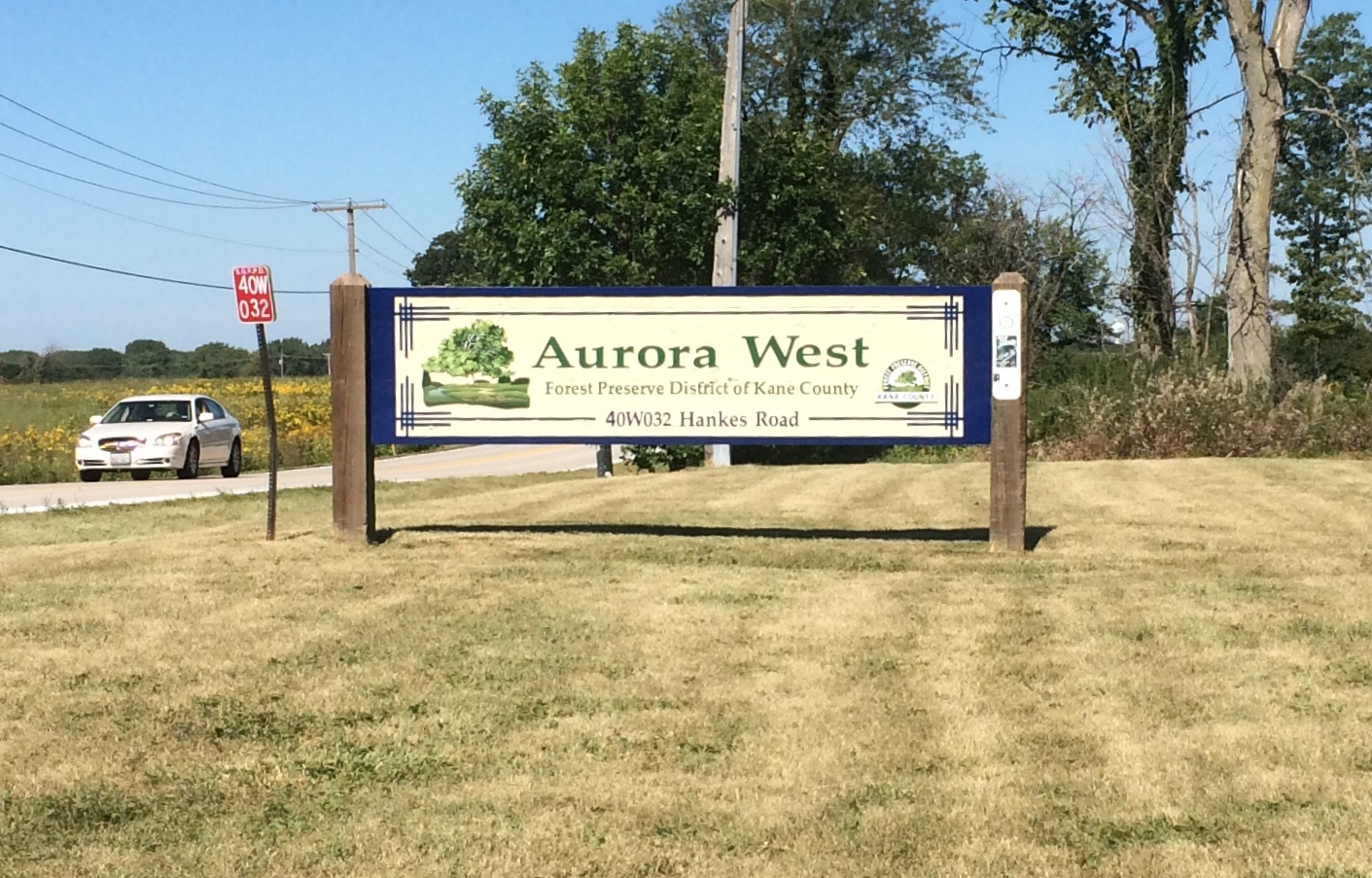 Forest means forest, once you walk a short way along a wide path.
Forest means forest, once you walk a short way along a wide path.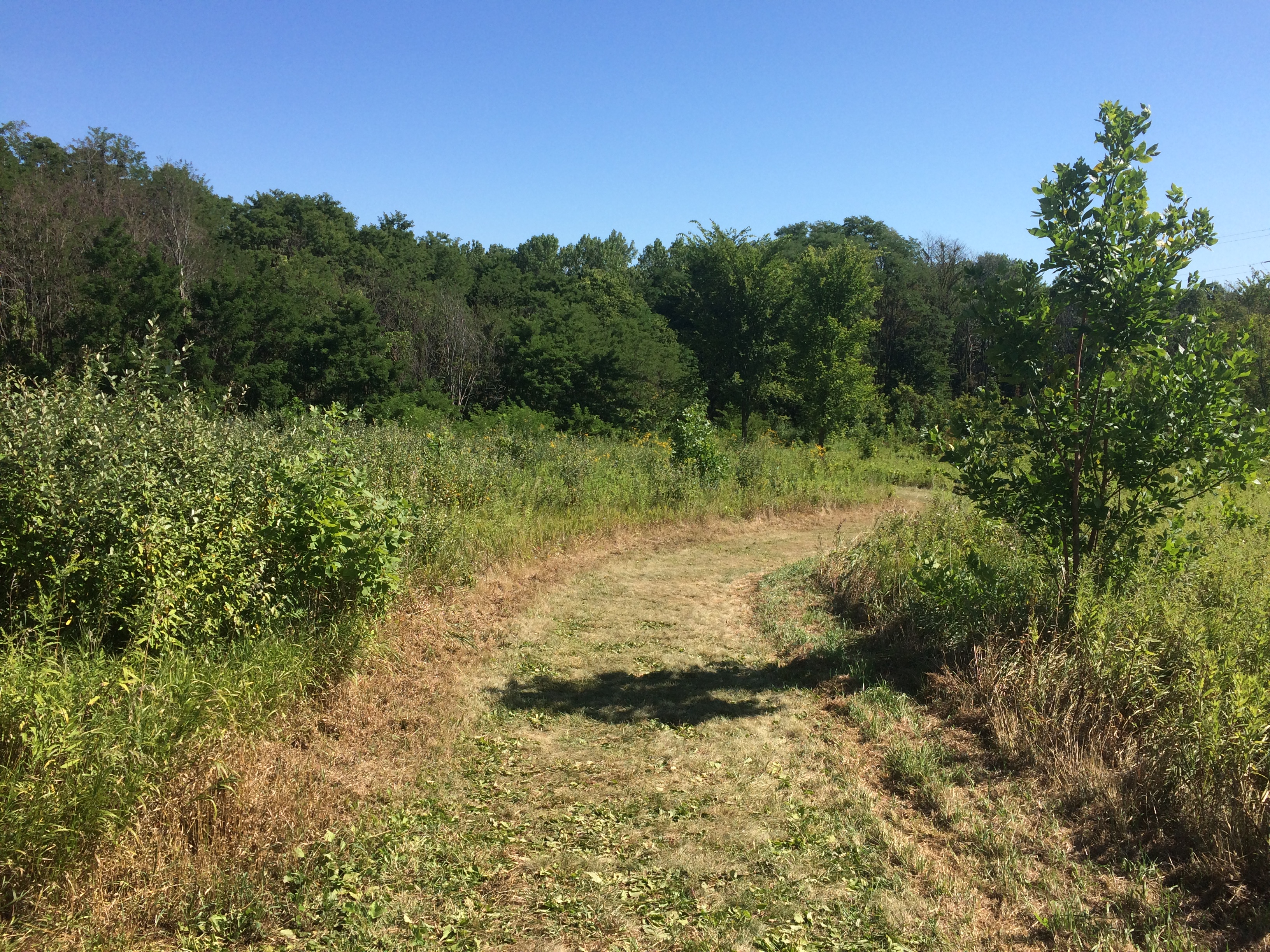
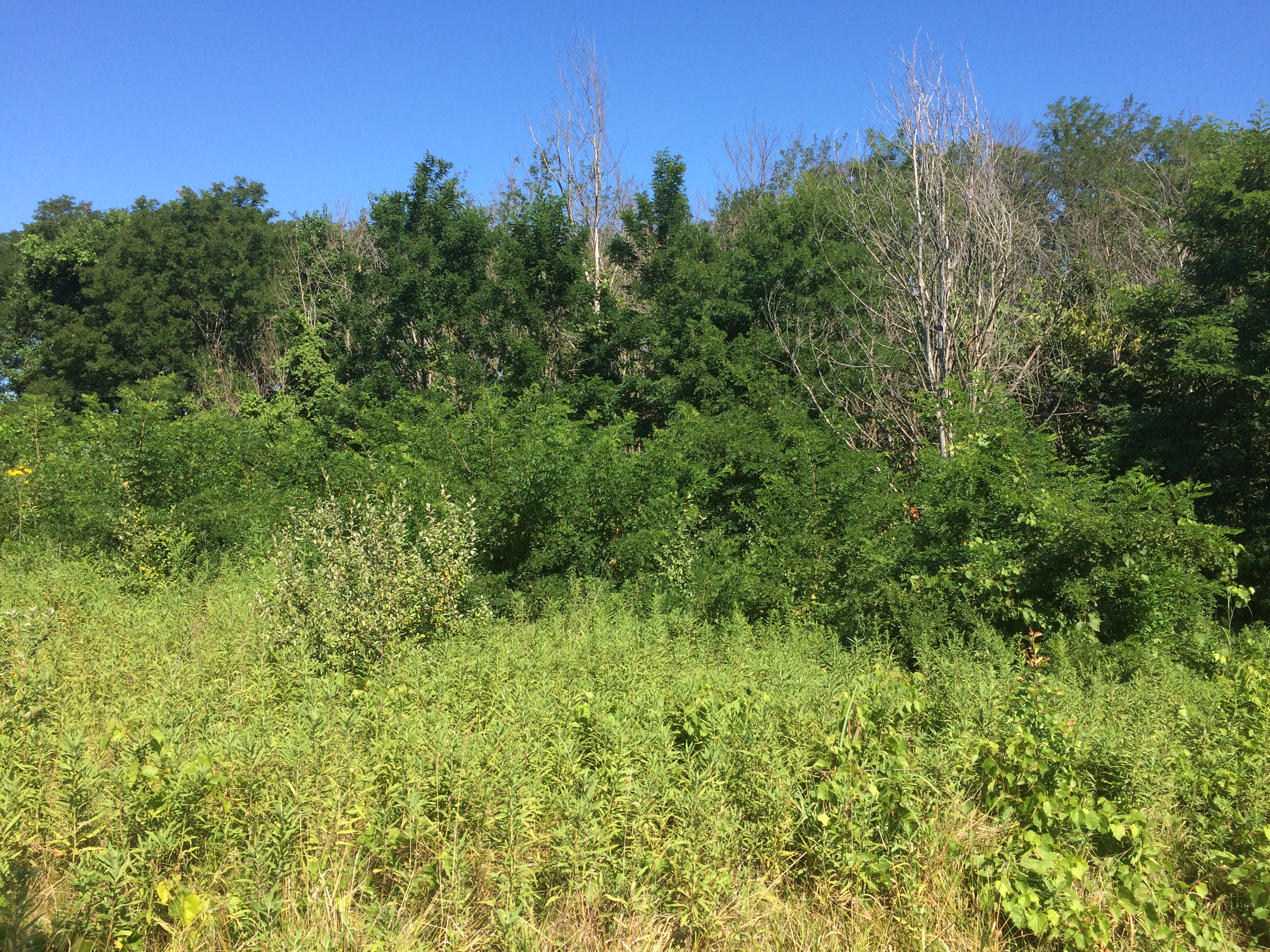 Supposedly it’s a path for unleashed dogs, but we didn’t have our dog, and we didn’t see anyone else’s either. Or anyone else at all.
Supposedly it’s a path for unleashed dogs, but we didn’t have our dog, and we didn’t see anyone else’s either. Or anyone else at all.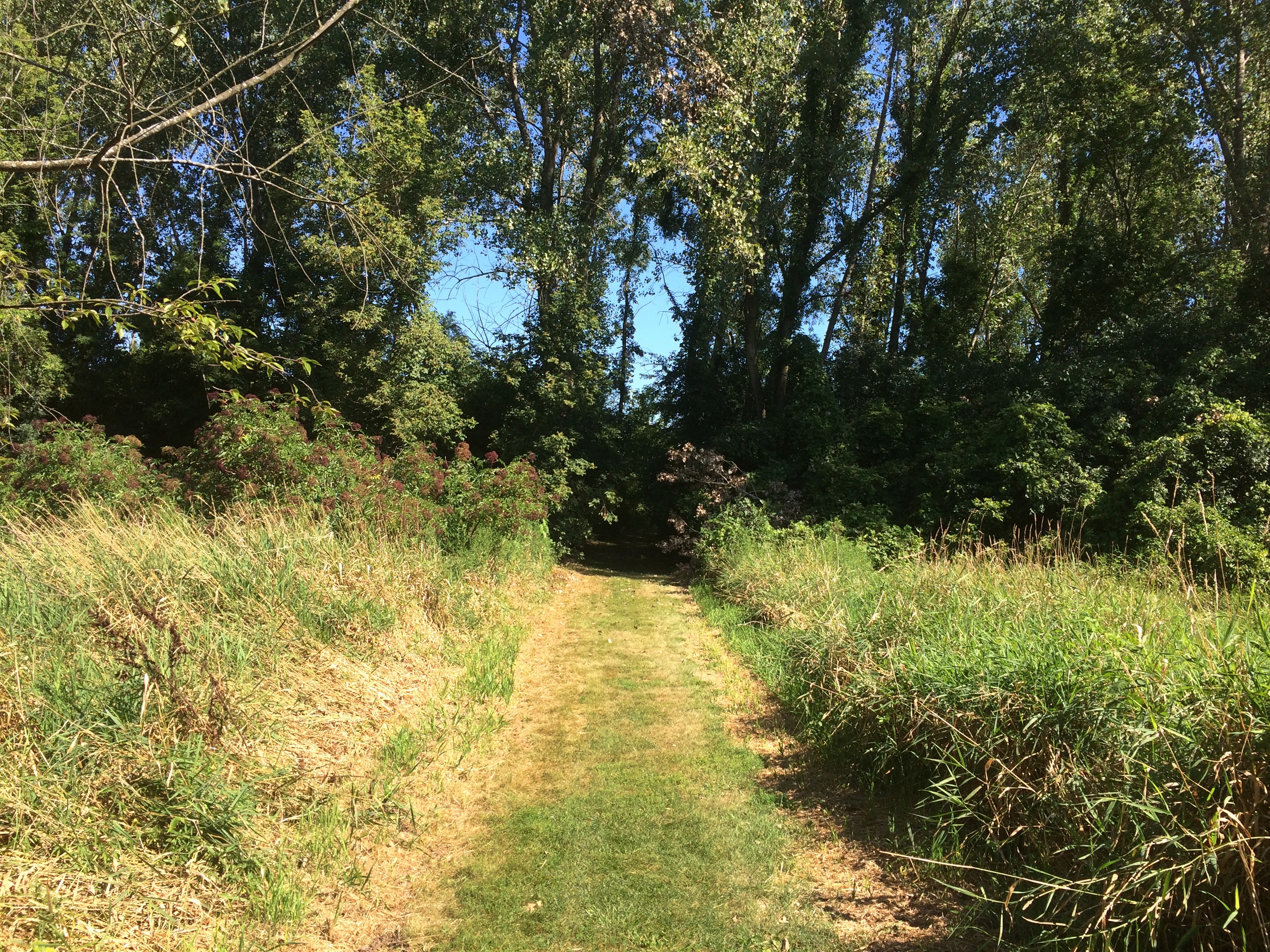 A good place to imagine you’re far from the works of man.
A good place to imagine you’re far from the works of man.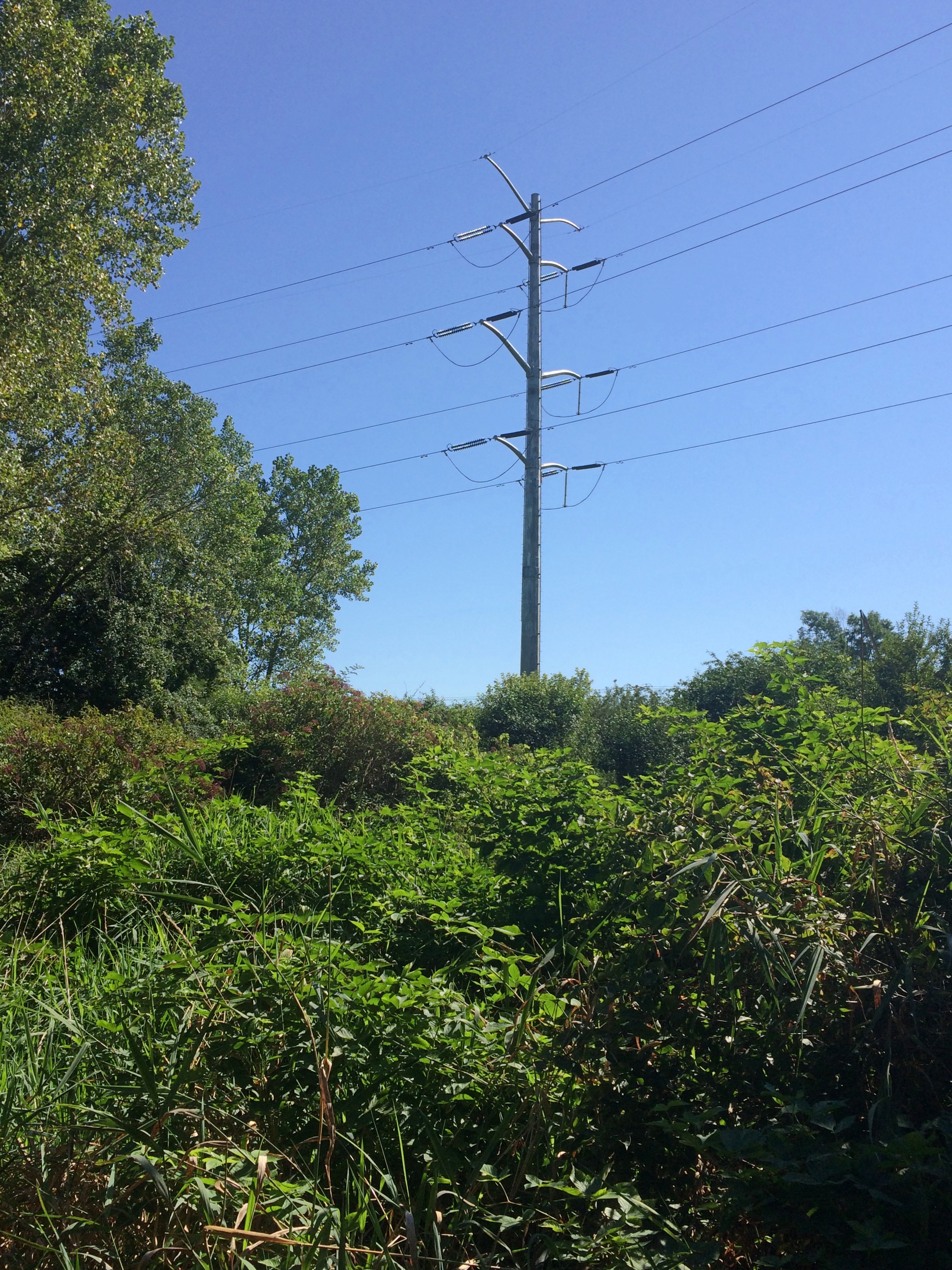 Mostly.
Mostly.